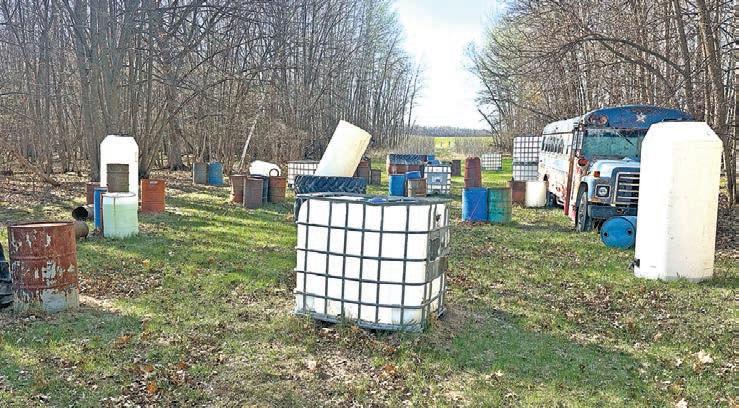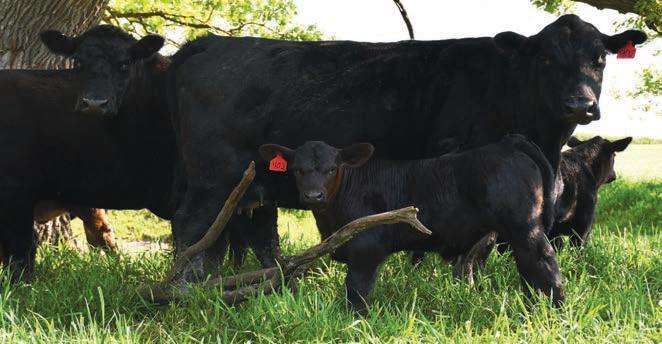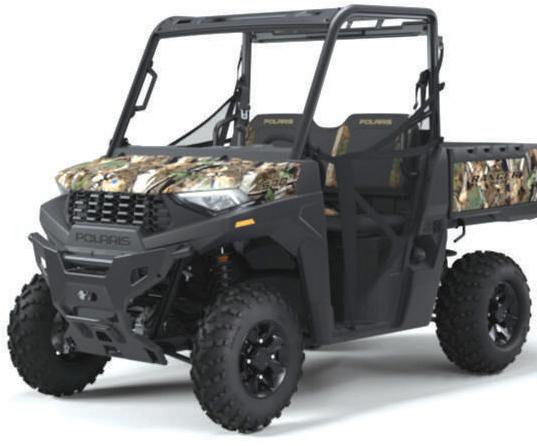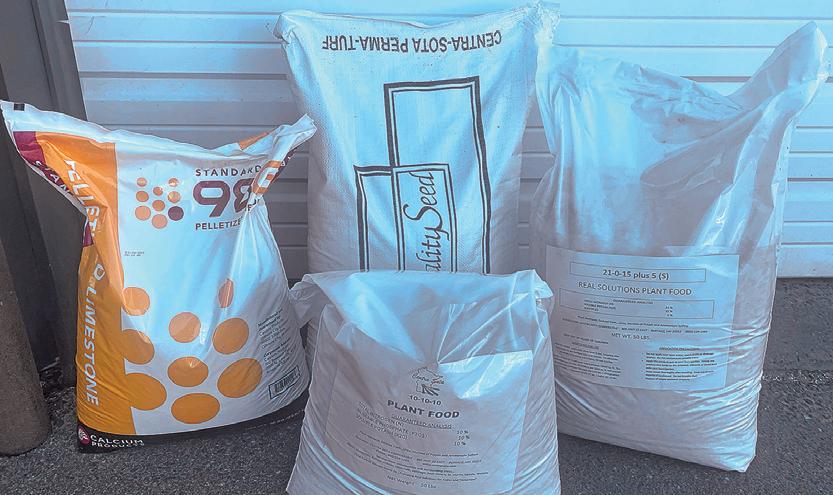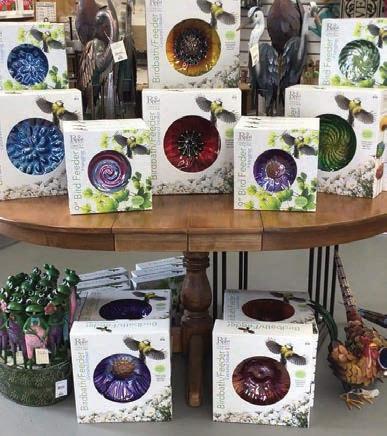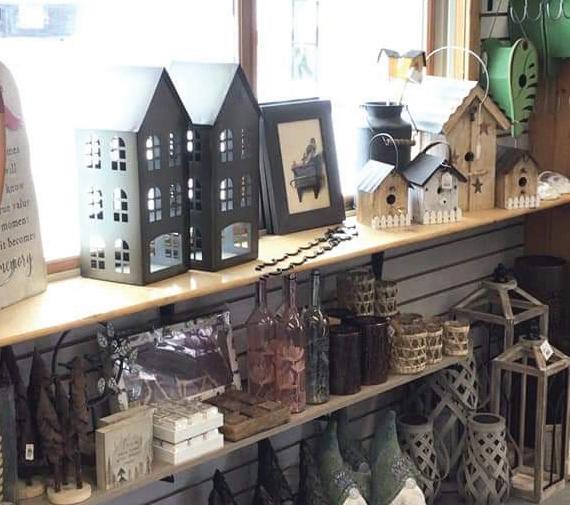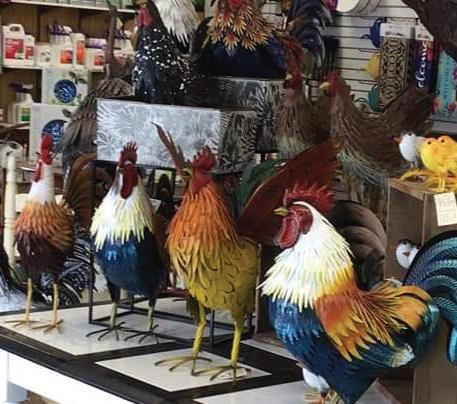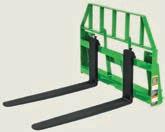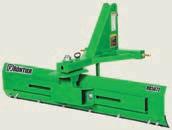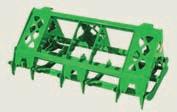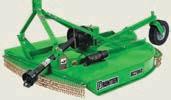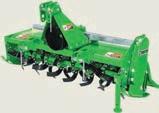
































BY RAE LANZRATH STAFF WRITER
ST. JOSEPH — At Dented K Quarter Horse Ranch, horses are the key to many hopes and dreams come true.
Rick Kaeter, Vicki Johnston, Barb Feia, Rick’s daughter, and his two granddaughters, Kaydence and
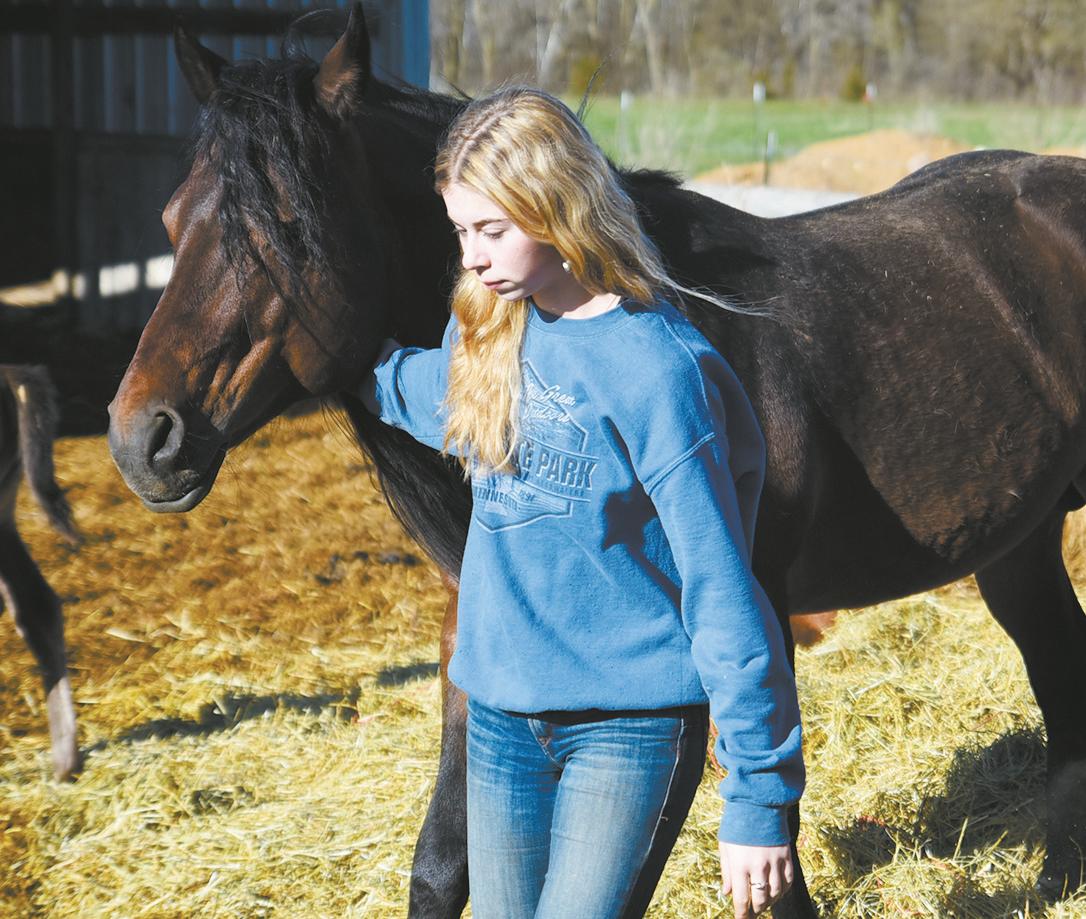

Kenzie Feia, work countless hours breeding, training and riding their horses. The family also hosts a plethora of events at their ranch, including weekly barrel races during the summer.
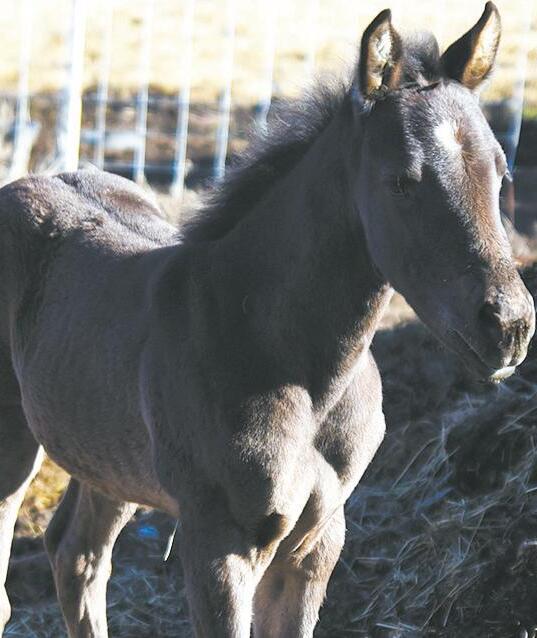
Kaydence and Kenzie, both teenagers, have worked with horses their entire lives and now compete in rodeos throughout the state.
Barb was also a teenager when the family moved to the farm, which they still work and live on today. In 1995, the Kaeter family purchased a bare piece of land outside of St. Joseph. What was once an empty corn field is now home to more than 50 horses, barns, indoor areans,pastures and three generations of horse experts.
“My dad goes all in with everything he does,” said Barb, part-owner of Dented K Quarter Horse Ranch. “We built all of this ourselves, and just really committed everything to the ranch.”
Two years after buying the farm, the family began breeding horses. Rick discovered the challenges and learned methods and techniques for breeding horses.

Barb said their goal is to build horses with a good mind and sound body.
“They’re fairly sensitive animals,” Barb said. “Breeding and foaling can be hard.”
Unlike many horse-breeding operations, Dented K Quarter Horse Ranch has a stallion onsite. Barb said they have not ventured into artificial insemination like other farms because they lack the handling facilities, resources and equipment necessary to do so.
“We turn the mares out with our stallion when they’re in heat,” Barb said. “If someone brings a mare to us to breed with our stallion, then we hold them for that, but otherwise we take a very hands-off approach.”
In the spring, mares will come into heat as the weather warms. They will also come into “foal heat” about a week after they have
given birth, Barb said, which is in the spring as well. The mares are put into a paddock with their stallion, Sensational Mr. Rojo (Rojo), and left alone.
“We let nature do it’s thing,” Barb said. “Then, we impatiently wait 11 or 12 months for the results.”
Handling the horses during breeding is not favorable, as it puts humans and horses at more risk. Through this process, a handler holds onto the mare using a halter and someone walks the stallion in, also using a halter. The handlers have to hold onto the animals the entire time, but because horses are large, powerful animals, it is a dangerous job, Barb said.
Feia page 2

















Published by
Star Publications
Copyright 2024
522 Sinclair Lewis Ave. Sauk Centre, MN 56378
Phone: 320-352-6577
Fax: 320-352-5647
NEWS STAFF
Mark Klaphake, Editor
Mark.k@dairystar.com
Rae Lanzrath, Assistant Editor raeanna.l@star-pub.com
Tiffany Klaphake, Assistant Editor tiffany.k@dairystar.com
Sara Hoppe, Copy Editor sarastarpub@gmail.com
Carol Moorman, Writer carol@melrosebeacon.com
Natasha Barber, Writer natasha@saukherald.com
Ben Sonnek, Writer ben.s@saukherald.com
Hans Lammeman, Writer hans.l@star-pub.com
Story ideas send to: raeanna.l@star-pub.com
SALES STAFF
Robin Brunette, 320-293-5911
robin@saukherald.com
Missy Traeger, 320-291-9899 missy@saukherald.com
Tim Vos, 320-845-2700 tim@albanyenterprise.com
Mike Schafer, 320-894-7825 mike.s@dairystar.com
Neil Maidl, 320-292-4454
neil.m@star-pub.com
Jaime Ostendorf, 320-309-1988 jaime@star-pub.com
Bob Leukam, 320-260-1248 bob.l@star-pub.com
PRODUCTION STAFF
Amanda Thooft
Nancy Powell
Maddy Peterson
Cheyenne Middendorf
Karen Knoblach
Annika Gunderson
Nadiia Griepentrog
Deadlines:
Country Acres will be published the first Saturdays of April, May, June, September, October and November, and the third Saturday of every month. Deadline for news and advertising is the Friday a week before publication.
ISSN: Print 2834-6440 Online 2834-6459
“Horses are strong,” Barb said. “We’ve had a stallion that suffered throat injuries from being kicked so many times it literally caused permanent damage to his windpipe. They’re not small animals.”
Luckily for the Dented K crew, Rojo is a fairly even-tempered stallion and they feel safe handling him.
“Stallions can be hot-headed, but (Rojo) is not,” Barb said.
The gestation period for a horse is between 320 and 360 days. Barb said after they breed their mares, they keep a close eye on them to ensure they are not sick or injured during their pregnancy.

“That’s a long time for things to potentially go wrong,” Barb said.
Even though breeding can be a dangerous time and pregnancy is long with risks of illness or injury, things do not get easier as foaling approaches. Barb said during foaling, someone is watching the horses 24 hours a day, seven days a
week.
“You have the normal complications that can happen during any birth, like the baby being breech,” Barb said. “But with horses, you worry about the mare colicking after the baby is out or if she doesn’t pass her placenta.”
Colic is a disturbance within a horse’s gastrointestinal tract and can be deadly. Barb said that because of the horse’s anatomy, it cannot vomit, so when its stomach gets upset, it becomes extremely ill. Their stomach can “twist” and when that happens, colic becomes fatal. If a mare gives birth to a large foal, their stomach can become twisted as their organs shift back to their original
location.
“There’s so much that can go wrong in a very short time frame,” Barb said. “They’re not hardy animals like cattle.”
Once the foals are born, they’re kept under close watch for many weeks. Barb said they have had foals that
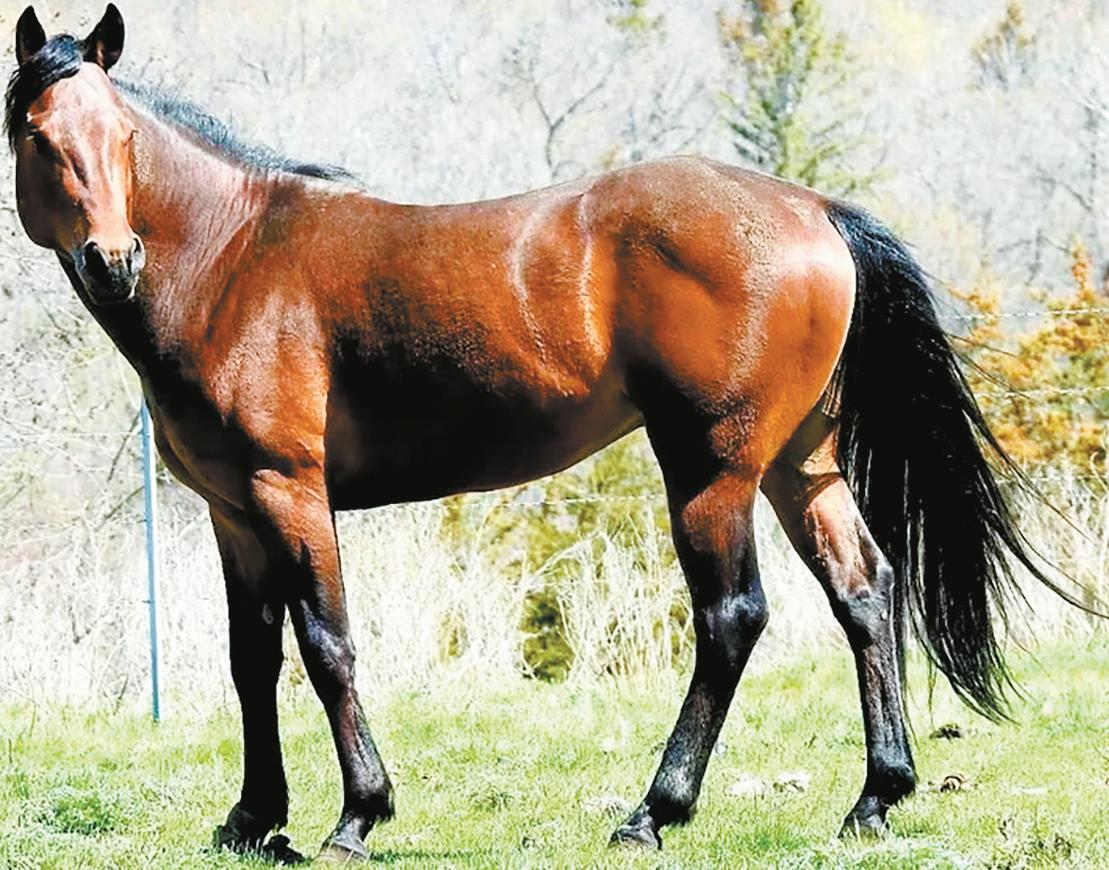
are perfectly healthy one day, and the next day are declining rapidly. The family has learned to look for signs that indicate a foal may not be thriving, and how to fix it.
“That’s why we watch them so closely,” Barb said. “It doesn’t take long for things to go wrong, and no one wants to lose an animal.”
Feia page 3


Publications bli ti
“The newspaper of today is the history of tomorrow.”












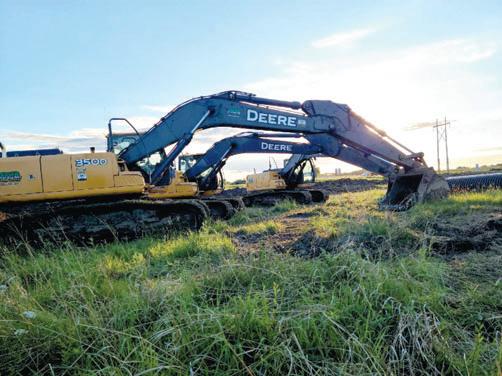
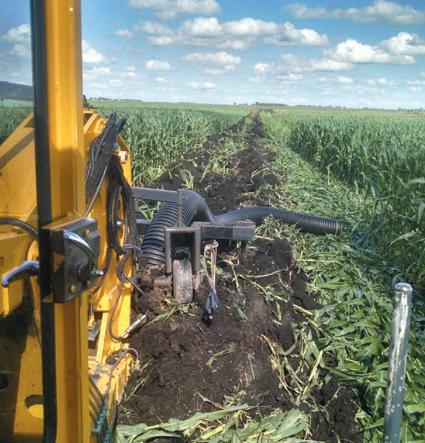


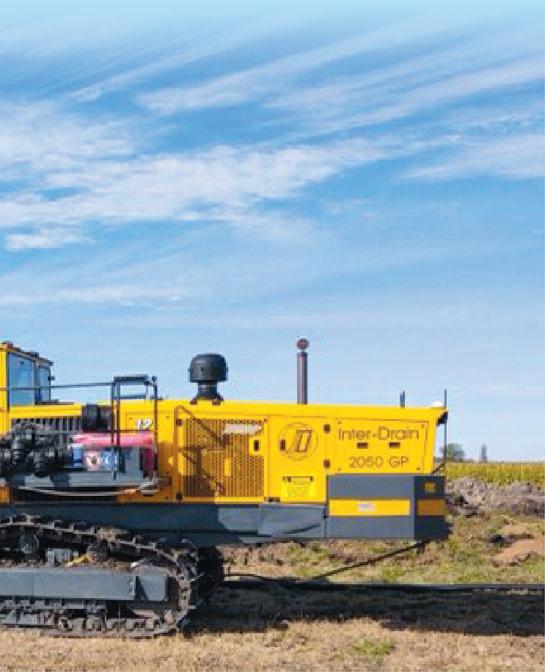




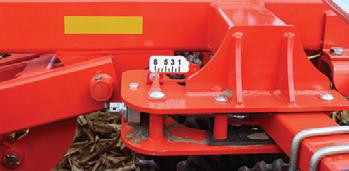



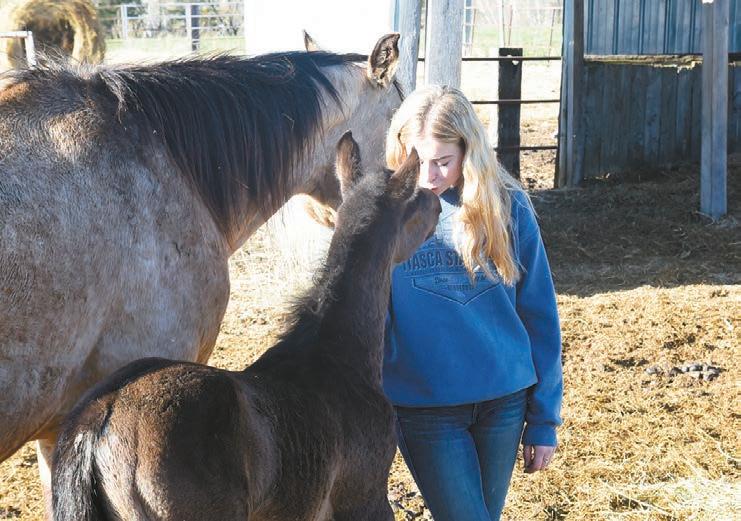












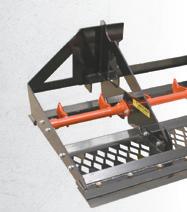





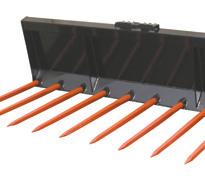
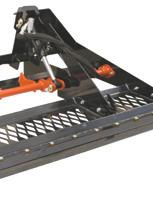





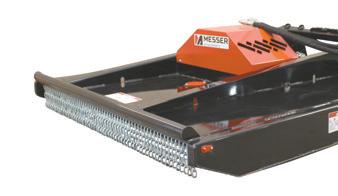

























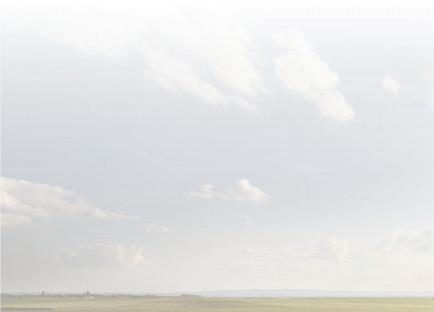




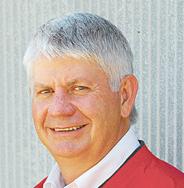











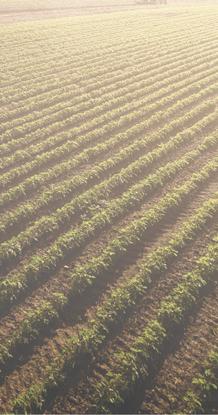











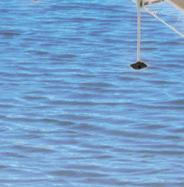













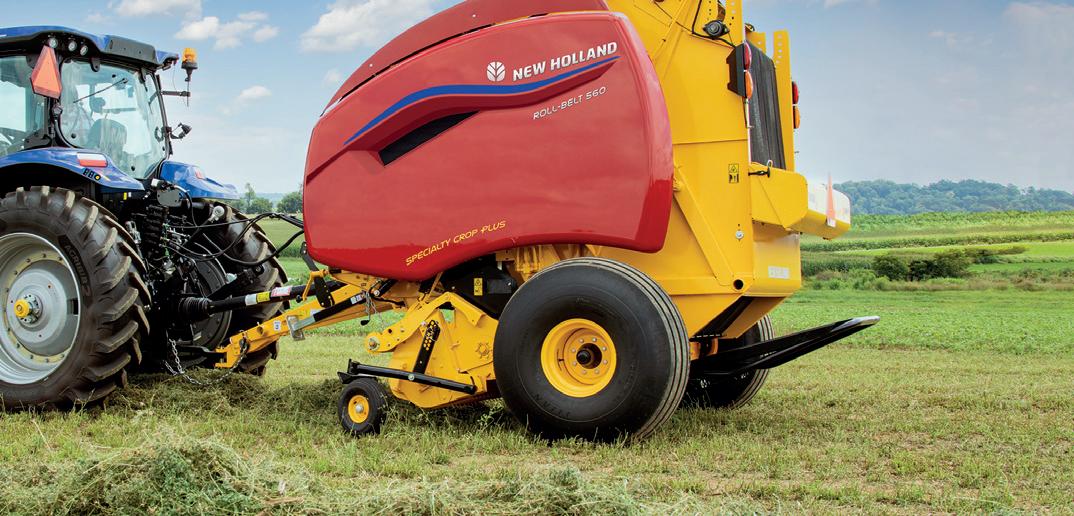




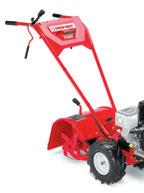


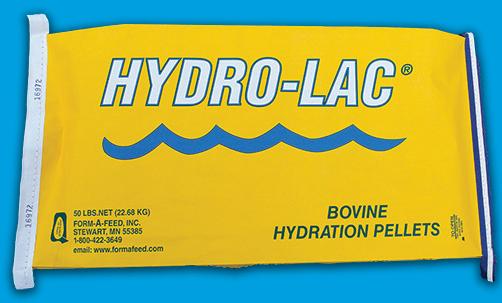















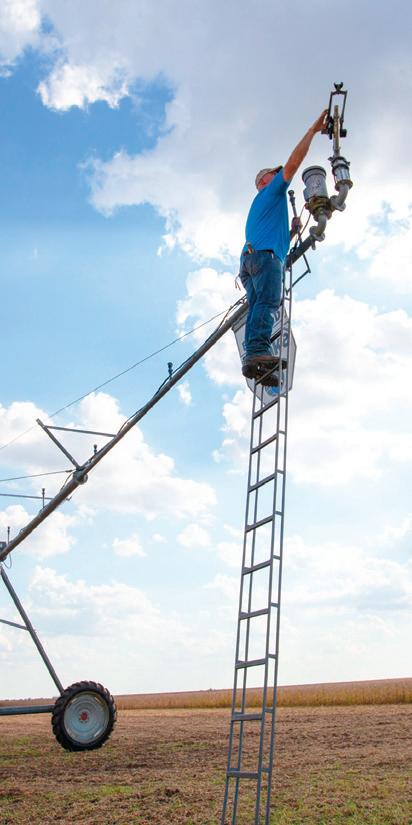
















one-of-a-kind
BY RAE LANZRATH STAFF WRITER
MORRIS — From finding a hobby during the coronavirus pandemic to running a successful business, Anthony and Megan Wingard have come full circle.
The couple makes handcrafted yard games, cutting boards, bird feeders, storage boxes and coat hangers through their business, MT Designs Woodworking, which started in 2020.
“It started as some yard games,” Anthony said. “Giant Jenga, cornhole, big dice and ladder ball, those things.”
Anthony originally started making products for himself, his friends and family. Once word got around about his products, the couple decided to start selling them.
Now, MT Designs Woodworking offers several products and accessories to go with them. Cornhole boards are a big seller for the Wingards, and they credit that to their high-quality bean bags they sell with them.
“We make the bags with a durable, thick fabric,” Megan said. “They’re pretty solid, so people
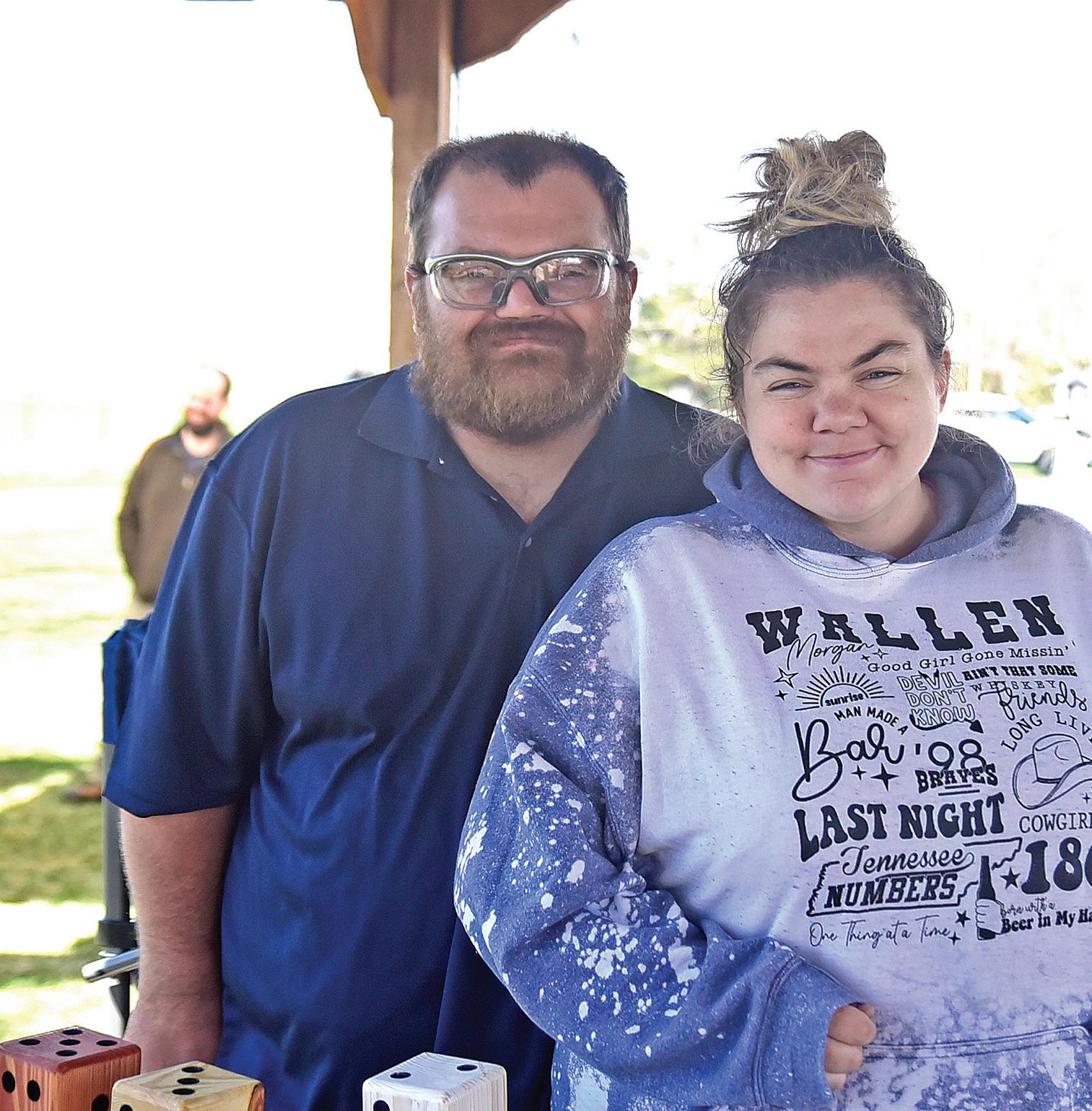


don’t worry about them ripping.”
The couple sells full-size cornhole boards, that are to be used outdoors. They also sell miniature cornhole boards, meant to keep customers busy while the weather is preventing them from being outdoors. The tabletop mini boards are 10 inches in size, with bags being 2-by-2-inches.
“It’s something fun and unique,” Megan said. “Those always sell


really fast because you don’t find them everywhere.”
The products are not all fun and games. The Wingards also make cutting boards, another big seller.
“People want good quality cutting boards,” Megan said. “You can’t always find those in stores.”
Serving trays, welcome signs and coat hangers are a few more products made by the Wingards.
“We basically make whatever people want,” Megan said. “If someone suggests something, we find a way to do it.”
As time has gone on, their customer base has grown — but the small business-aspect has not. Anthony and Megan make all their products in a small, 10-by-10-foot shop and their home. Megan said they do not have fancy equipment, and they make each item very carefully.
Wingard page 6
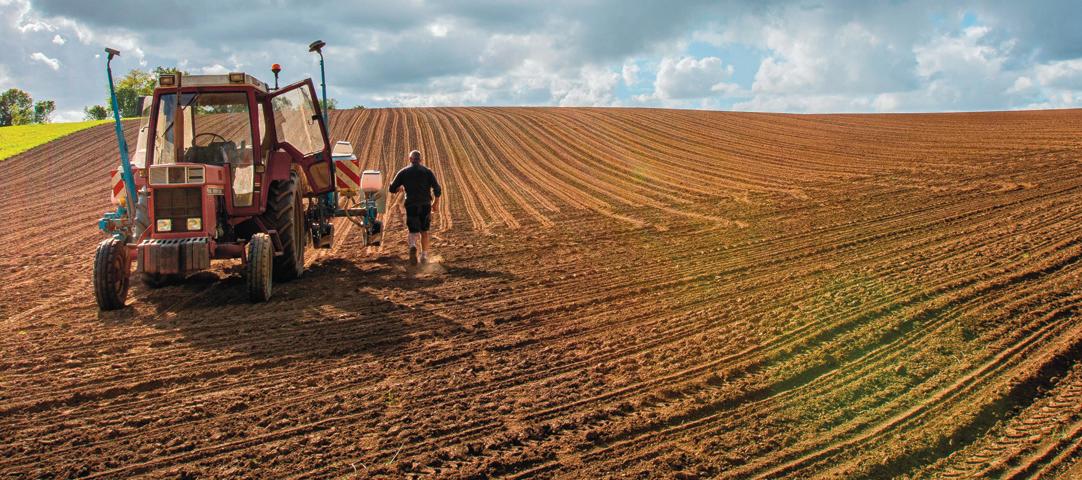


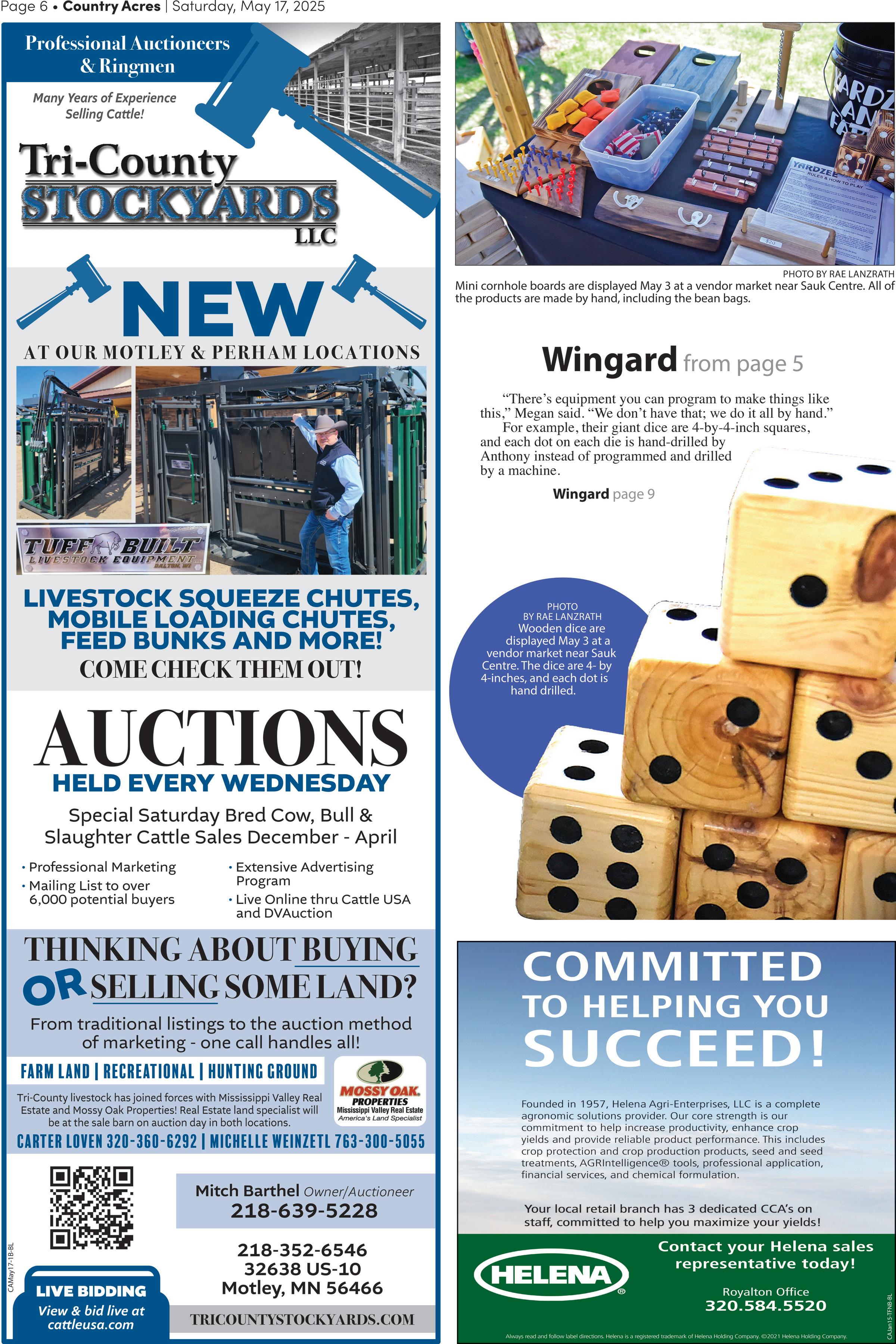
As spring is in full swing, there are
tasks
need to be
on the farm besides planting the crops.
Jason and I agreed that these few years when our kids are so young, my primary job is to take care of the kids. I will step in and milk cows, feed calves and drive tractor when needed, but on a regular basis, I am to watch the kids and make meals. During busy times, such as during spring planting, I try to help out where I can.


By Tiffany Klaphake
One daily task I have taken on is bringing our dry cows in from the pasture. During the day, our dry cows go out on a nice open pasture right next to our dry cow shed. We always bring them up and close them inside the shed for the night. One evening, as Jason and Dan were finishing up milking, they asked if I could bring the dry cows up to save them a few minutes because they were going back out to the field. I agreed, as I was already outside with the kids.
I put Madison in the baby carrier and made sure the other two had their boots on, and out we went to the pasture. That first night, they watched and asked eight times what we were doing as they followed me out to where the cows were. There are two sets of gates that need to be opened and then shut once we bring the cows up.
The kids thought it was fun to run through the pasture and watch the cows walk up to the shed just as we wanted them to. The next day, the kids asked if we could do that task again, so we did. This time, they wanted to open and close the gates.
Allison, as the eldest child, was especially excited to open the latch on the gate all by herself. Carson, only being 3, still needed help but gladly pushed the gate open once I undid the latch. This time, after we brought the cows back in, they argued over who gets to close the gate. They raced back up to the shed, which made the cows run, which is exciting when you are 3 and 4 years old.
Thankfully, there are two sets of gates that were

open and needed to be closed, and I had two kids that wanted to close a gate.
Opening and closing these gates has now become a nightly tradition because our kids look forward to it. Who knew that opening and closing a gate could be so exciting?
Another task that rolls around every spring is planting my garden. I expanded my garden this year, with help from my mom. I now have three rows of tomatoes and three rows of potatoes plus other vegetables and a row of flowers.
Again, while planting the garden, the kids wanted to help with every single step. Thankfully, I had multiple garden trowels, so they each could have one and dig a couple of holes for the potatoes. Their favorite part of the process was watering all the plants. Lucky for them, the plants need to be watered every day.
I have two watering cans; however, I only have one good one and then a small one that has a hole in it. They swap back and forth depending on their favorite color of the day, and I fill up their cans and point out where the plants are. I started tomato and broccoli seeds in the house, so those plants are there and growing nicely. All the other seeds we planted are not up yet, and trying to get the kids to water the right spot was challenging because they could not see a plant, so they did not understand why they were pouring water on black soil.
I still have to point out the right row or spots that need to be watered each day, but the kids eagerly water the plants, even though they do not see the plants.
It made me realize that kids want to be involved and want to help out; they have tons of energy and want to do stuff with Mom and Dad. They may be small, but they have big ideas and lots of ambition. After all, the best way to learn is by doing, and teaching them young is the best time to learn some things. The concept of closing the gate and watering plants may seem mundane and boring to us as adults, but to kids, it is exciting — especially when we do it together.











































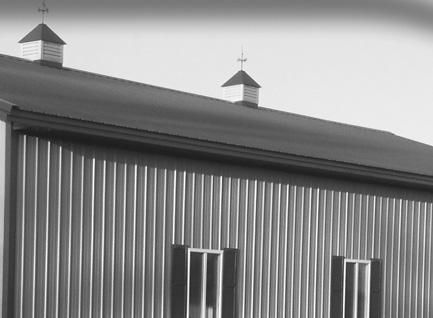






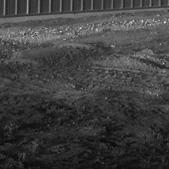
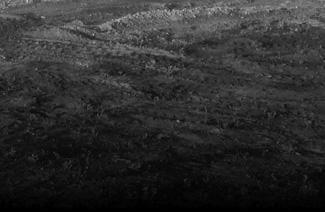

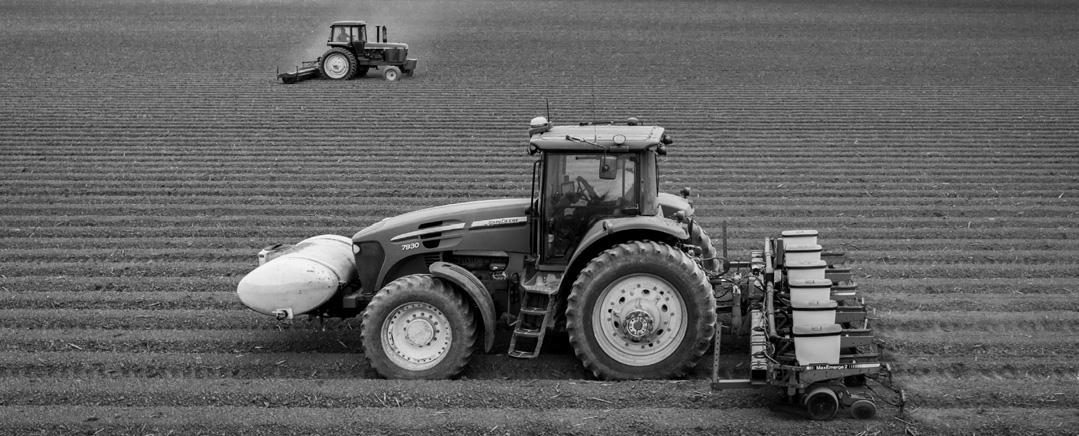









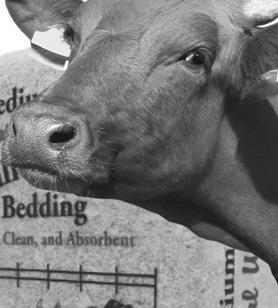


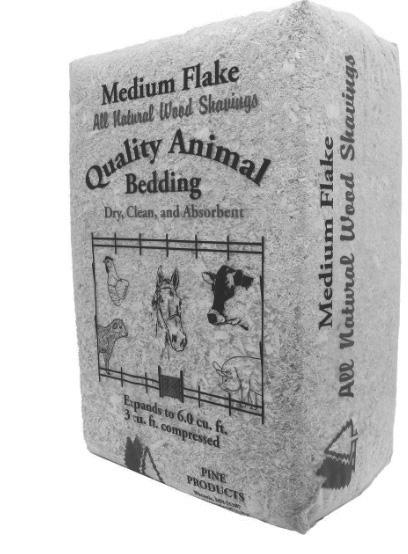











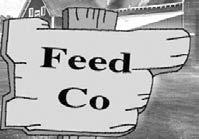



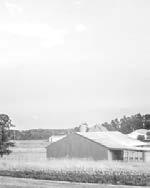
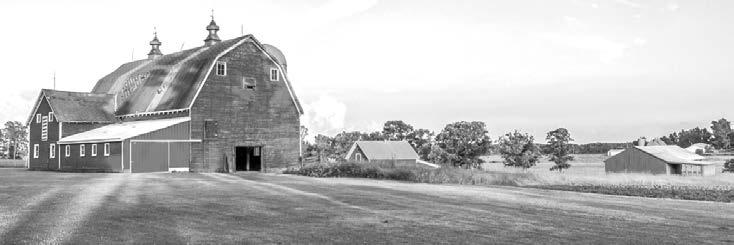








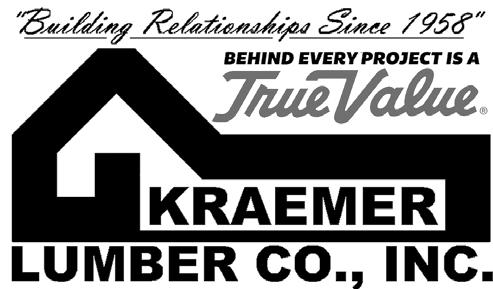











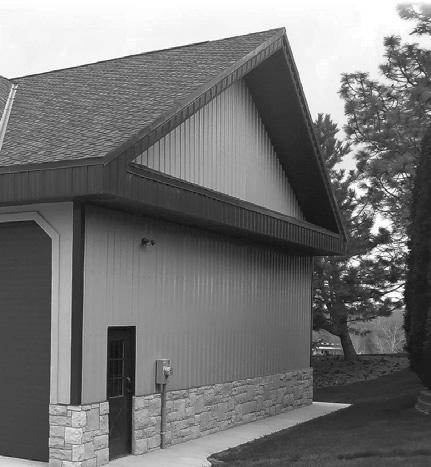
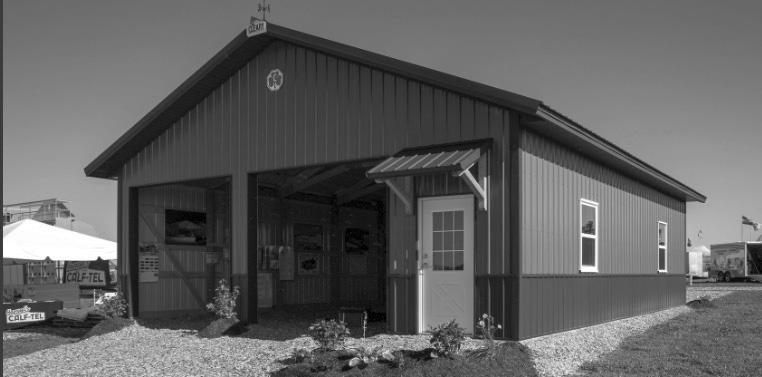







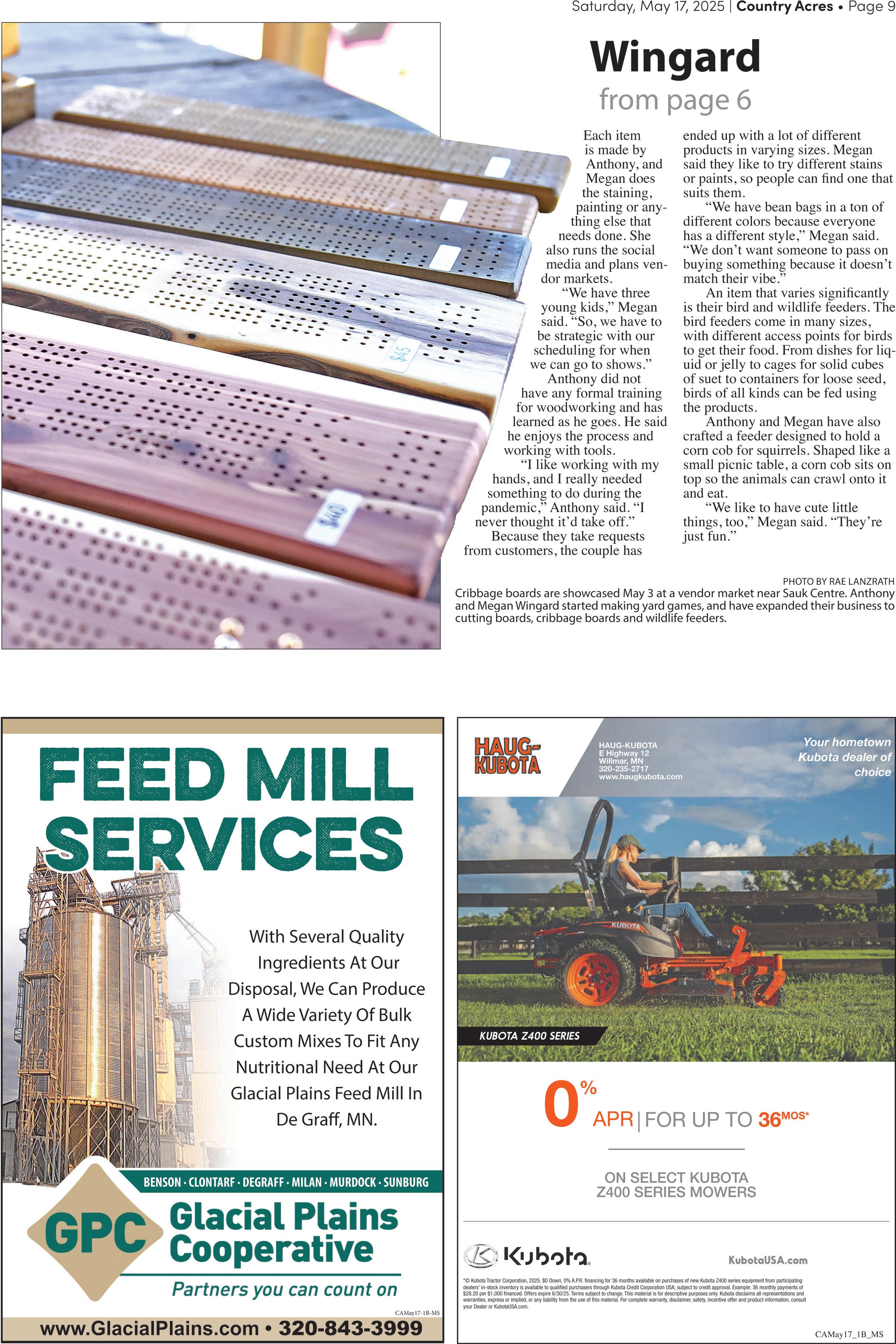
















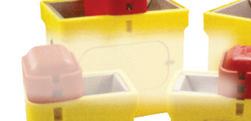


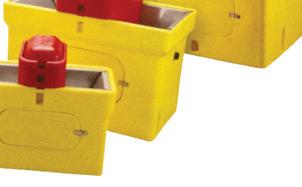













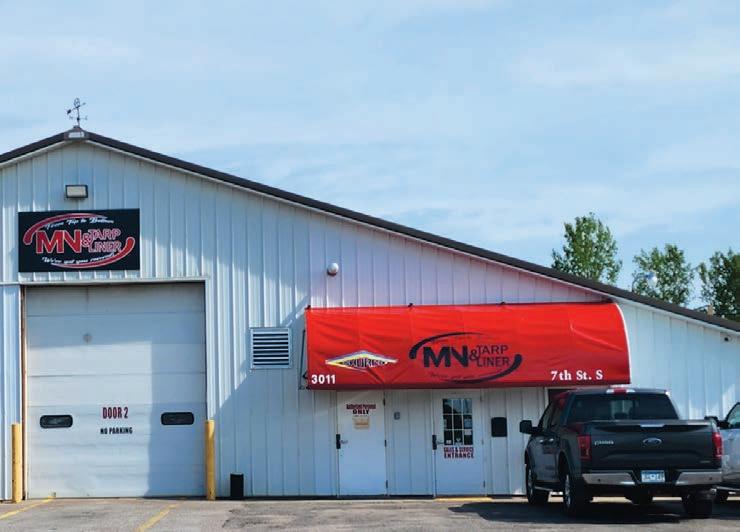


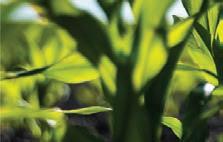












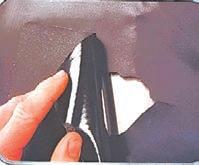



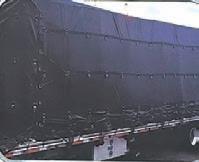









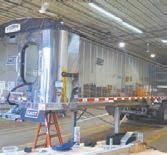



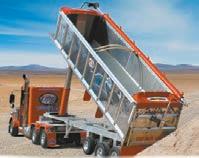



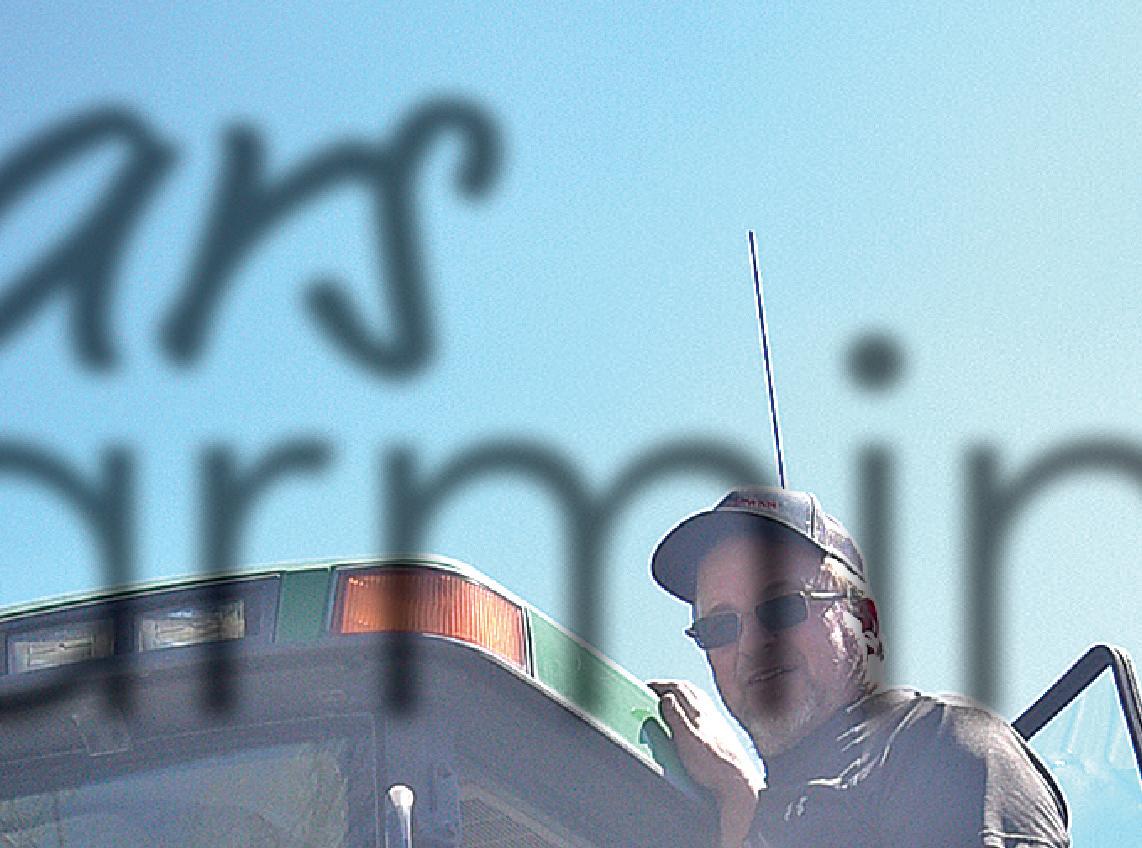






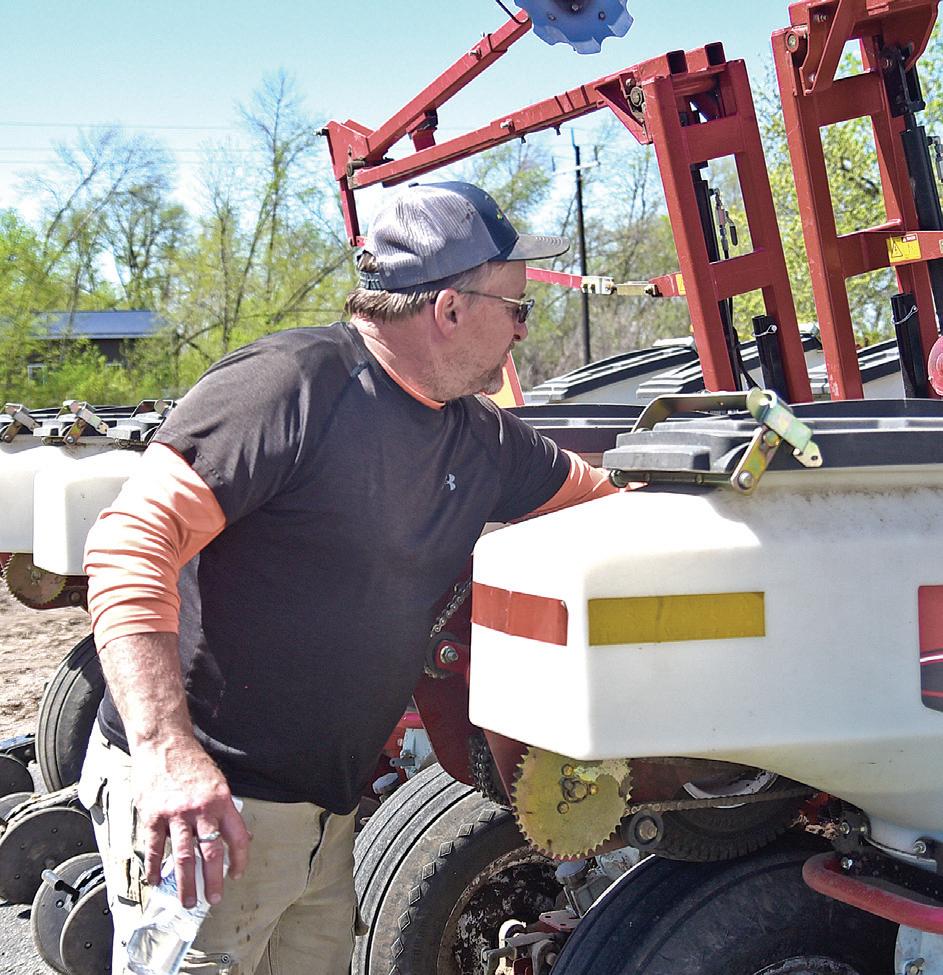













BY RAE LANZRATH STAFF WRITER
NELSON — Fields across the state are now being rolled, tilled, fertilized and planted. For Joel Dahlheimer, spending time in the tractor is nothing new.
Dahlheimer moved to Nelson in 1974, and has been farming ever since. He was 12 years old. Today, Dahlheimer farms
around 400 acres of corn and soybeans in Douglas County.
“This has been the best spring weather we’ve had in a long time,” Dahlheimer said. “I’m planting a whole month earlier than last year.”
Over the course of the years, the Dahlheimer farm has raised dairy cattle, steers, pigs, horses and chickens. The family milked cows until the early 2000s when Dahlheimer decided to sell his herd and raise steers instead.
“My dad was in his 80s, and he wouldn’t have stopped milking unless I sold the herd,” Dahlheimer said.
His father, Harvey,
farmed alongside Dahlheimer until he passed away in 2012. Even though Dahlheimer lost his right-hand man on the farm, he is not farming alone. His children all work full-time, and help whenever Dahlheimer needs it. Dahlheimer is often found with one of his 12 grandchildren riding with him. His grandchildren vary in age from 2 to 18 years old, and they have all spent time in the field.
“I watch them a lot, and I don’t stop what I’m doing when they’re here, so they just come along with me,” Dahlheimer said.
Dahlheimer page 13


























Saturday, June 14, 2025 5:30 to 8:00 pm



Like Dahlheimer, his children and grandchildren have spent their entire lives on the farm. The agriculture industry has changed significantly throughout Dahlheimer’s life, though. He said the biggest changes he has seen are market atmosphere, plant genetics and technology in equipment.
“The market is extreme-
ly volatile,” Dahlheimer said. “It’s a global market now, and you can do things with a phone call. Back in the day, I’d listen to the radio for the market reports and then drive down to Villard to sign my contracts.”
Dahlheimer said that because the market is so much more aggressive, farmers are faced with a lot more
stress, and it weighs on them more than it did when he was younger. He said he gets regular updates from a local commodity company, and they help him a lot.
While the market has added difficulty to some farmers’ lives, improvements within production agriculture have made it possible for operators to be more successful.
“Plant genetics have come a long way,” Dahlheimer said. “The corn and soybeans are better quality, and they grow better if there’s less rain than they
used to. It takes a little pressure off.”
While Dahlheimer may not use the newest, fanciest equipment he said that everyone has been affected by technological updates.
“I don’t have all the technology in my equipment, but I think everyone has some,” Dahlheimer said.
When he was growing up, equipment was not equipped with GPS, auto-steering or even cabs for the driver.
“If a storm rolled in, I knew guys who would crawl
into the wheels so they would be out of the rain,” Dahlheimer said. “Of course we didn’t have cell phones to get weather alerts, so you’d get caught in a storm much easier than you do now.”
So far, Dahlheimer has had a successful spring planting and continues to pick away at getting seeds in the ground.
“I’m busy with all sorts of other things and things change over the years,” Dahlheimer said. “But I’ve always been a farmer, and I think I always will be.”
Spring planting marks the beginning of another crop season. As planting wraps up, we want to wish everyone a safe and successful season.
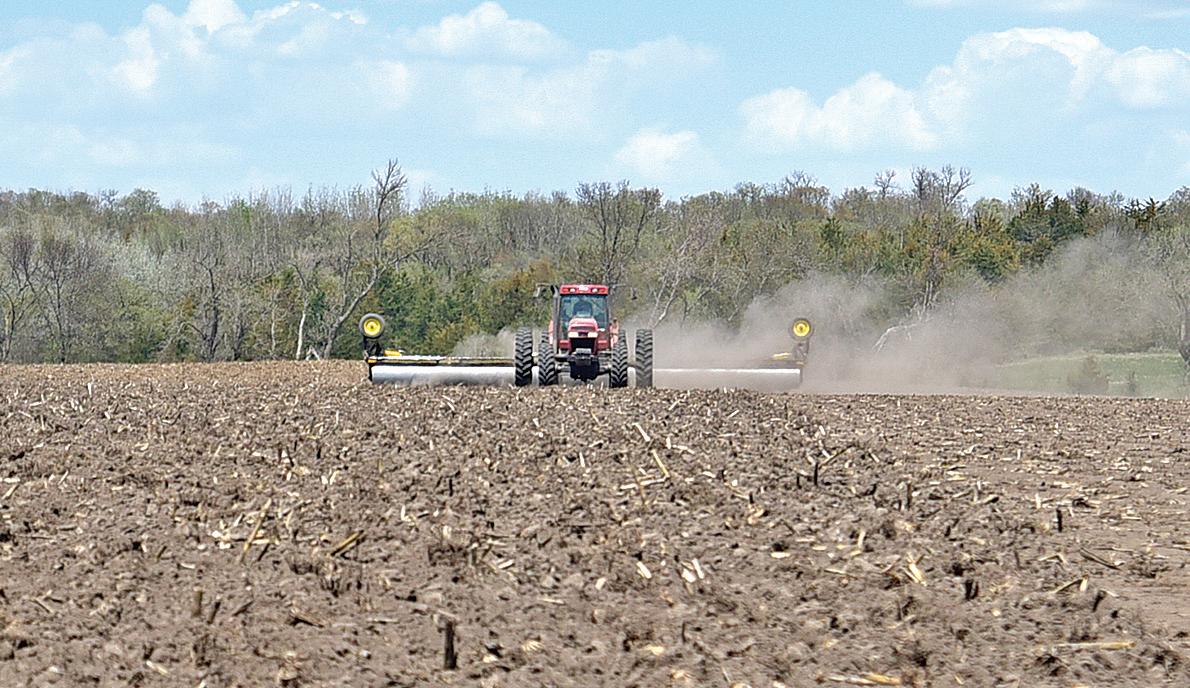


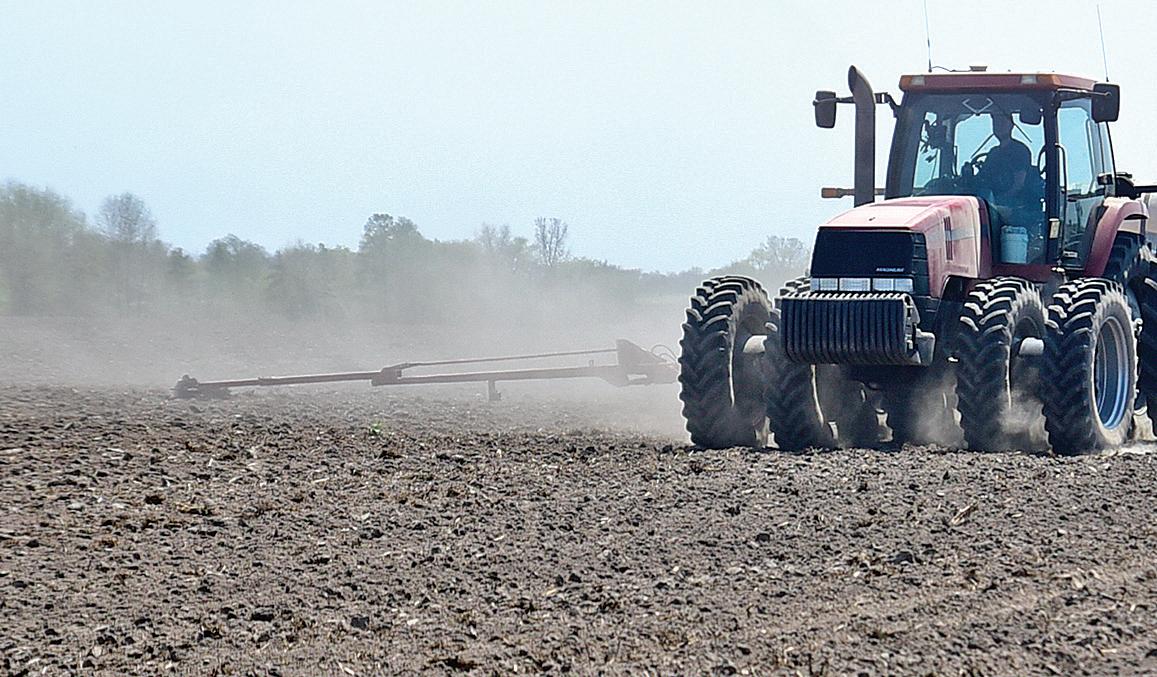

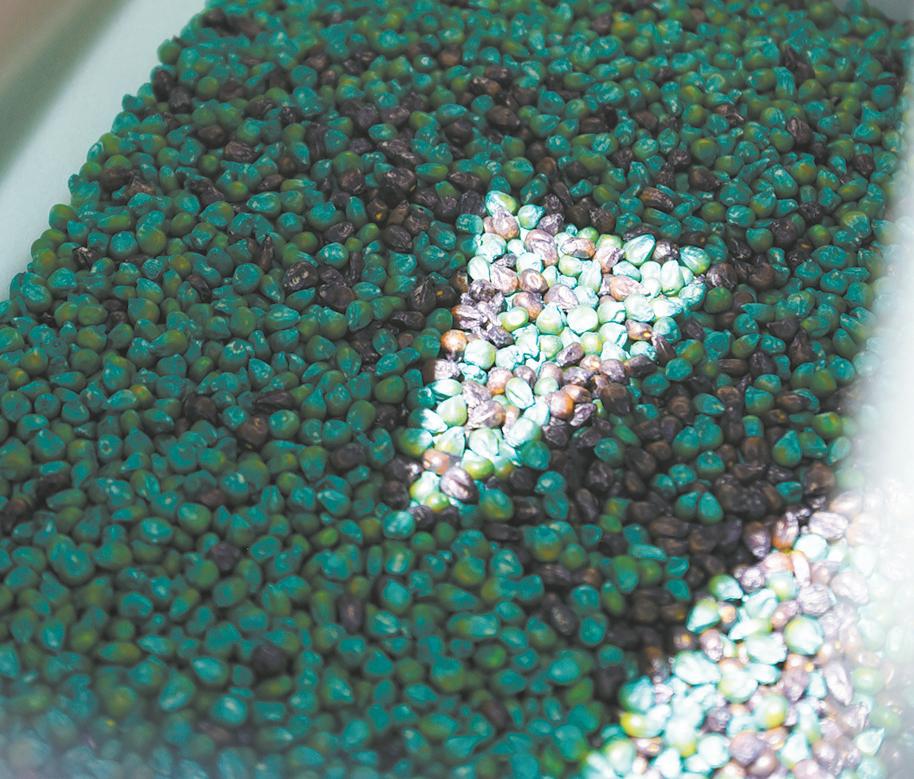



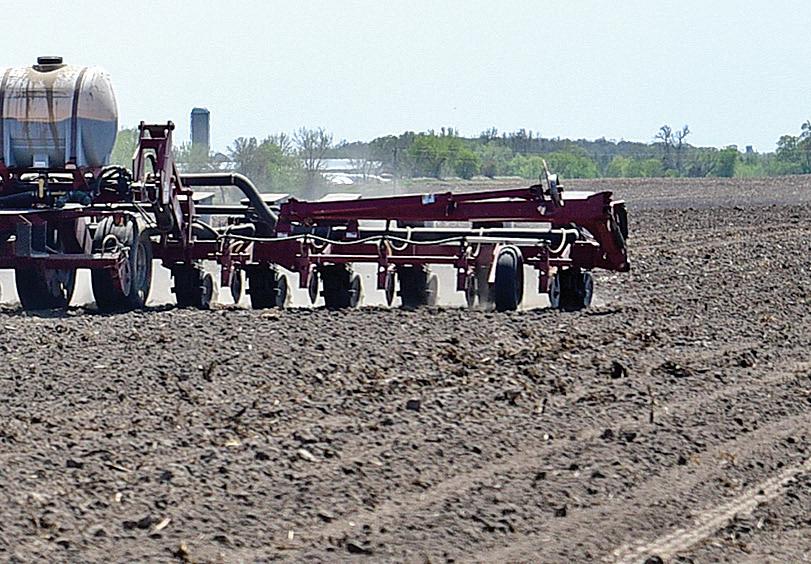


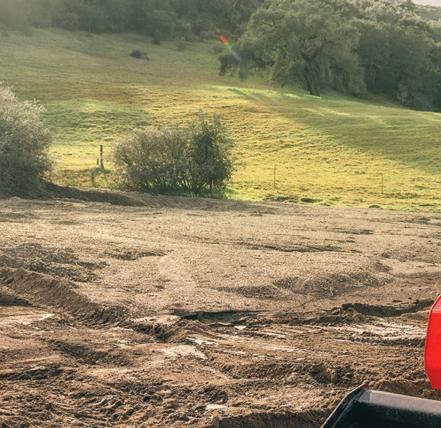




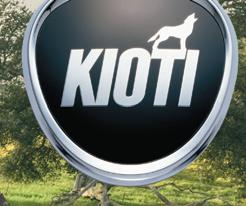




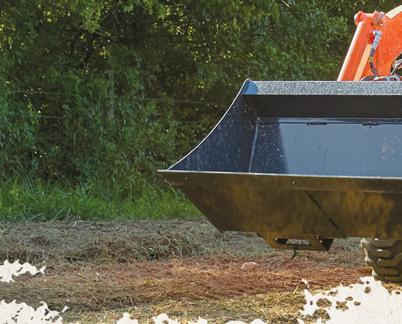

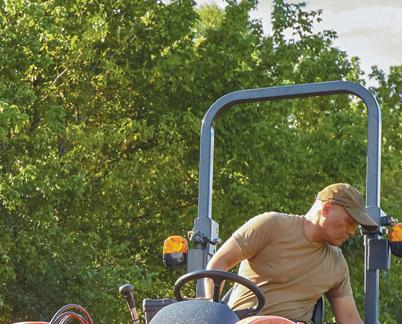

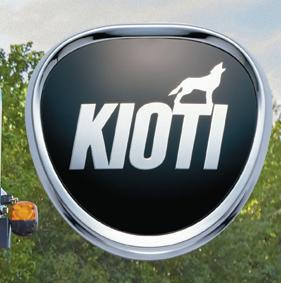























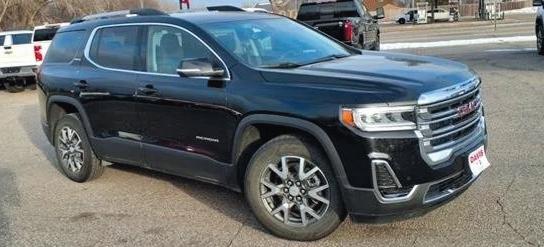



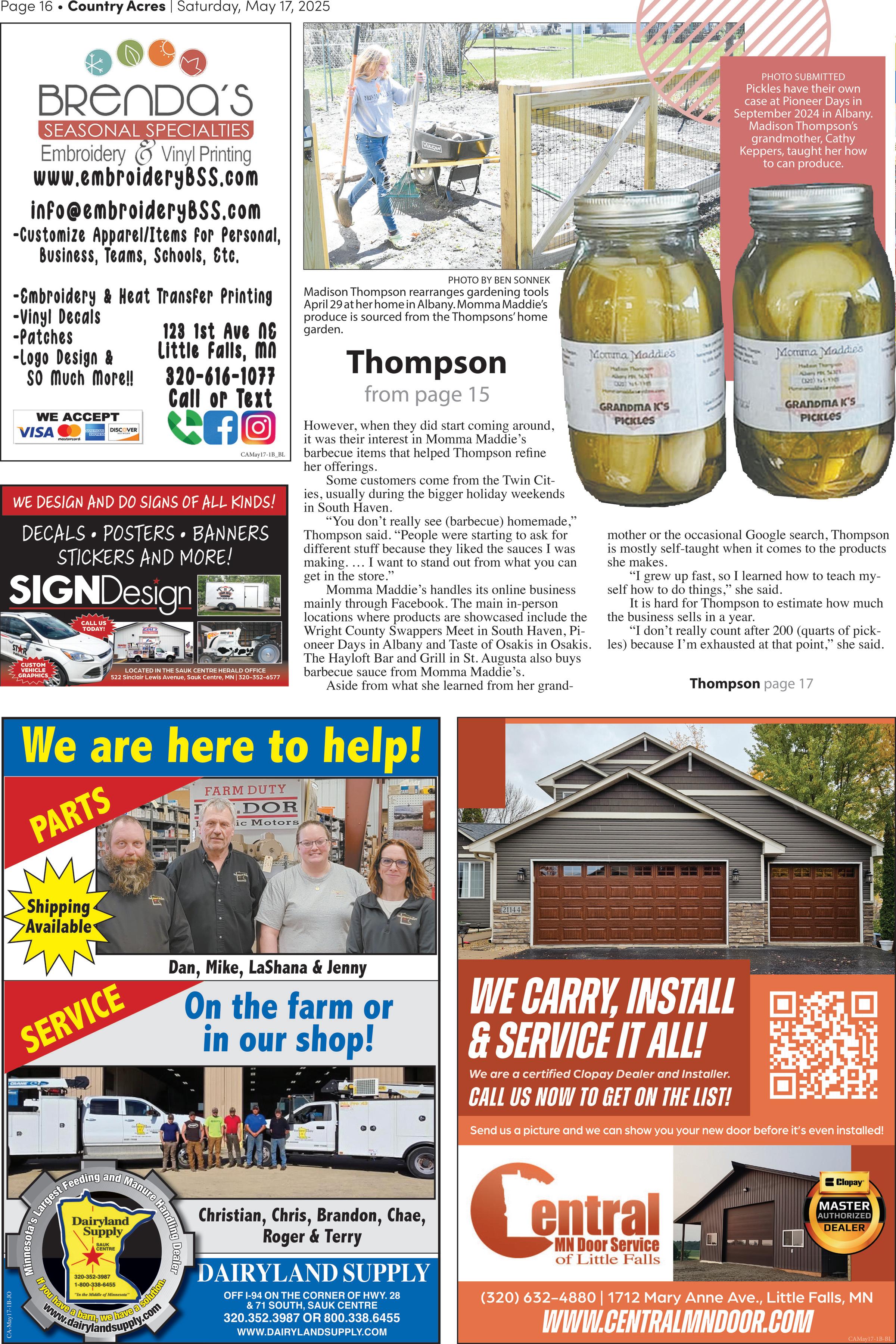
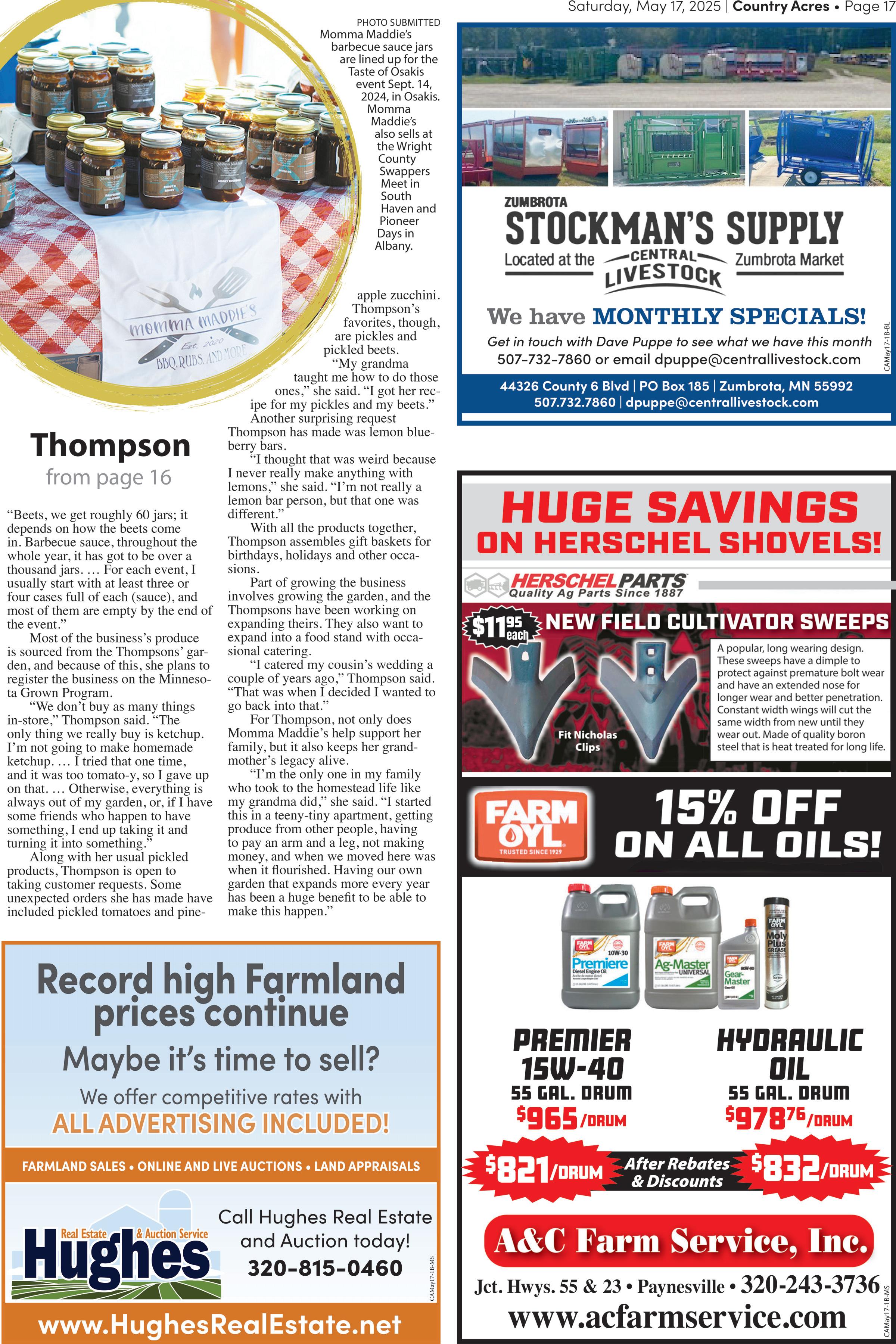



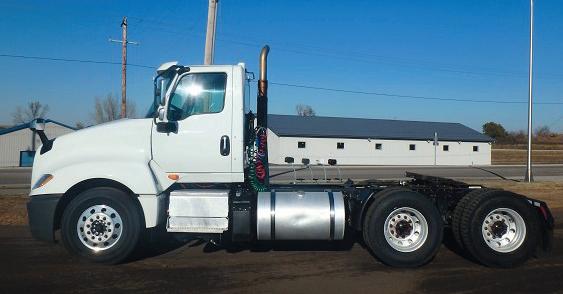
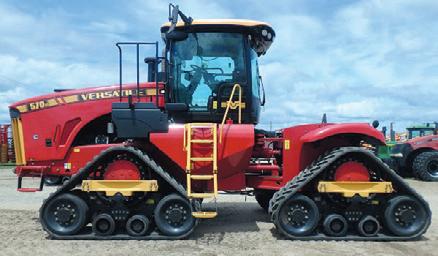


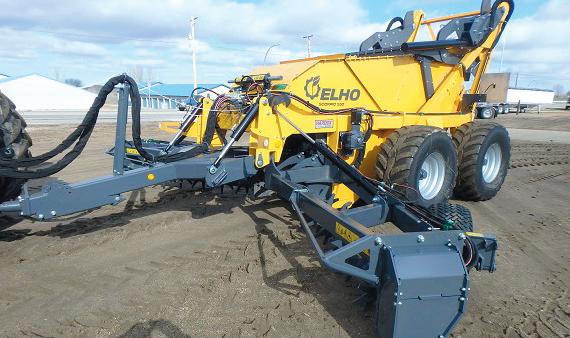




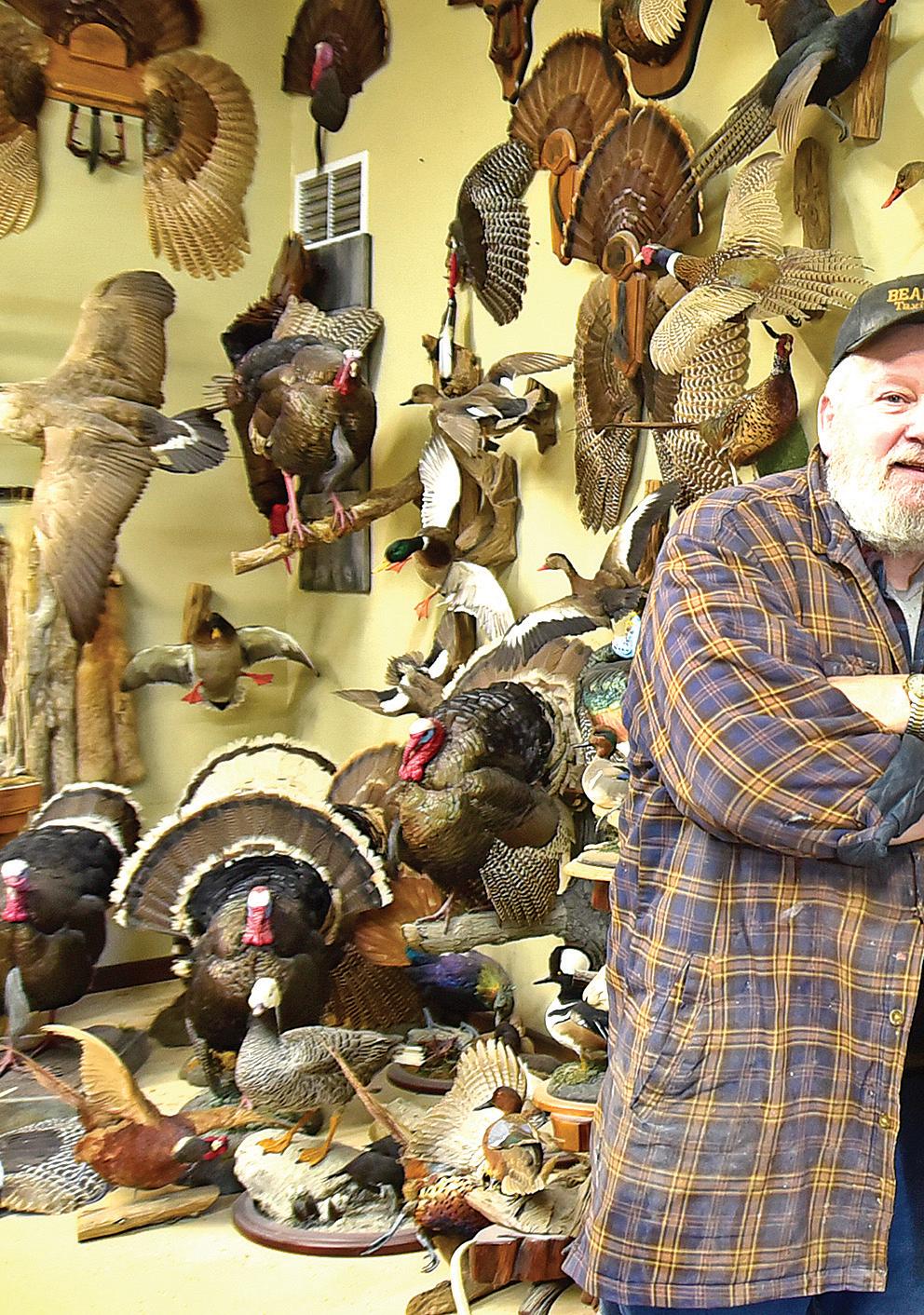
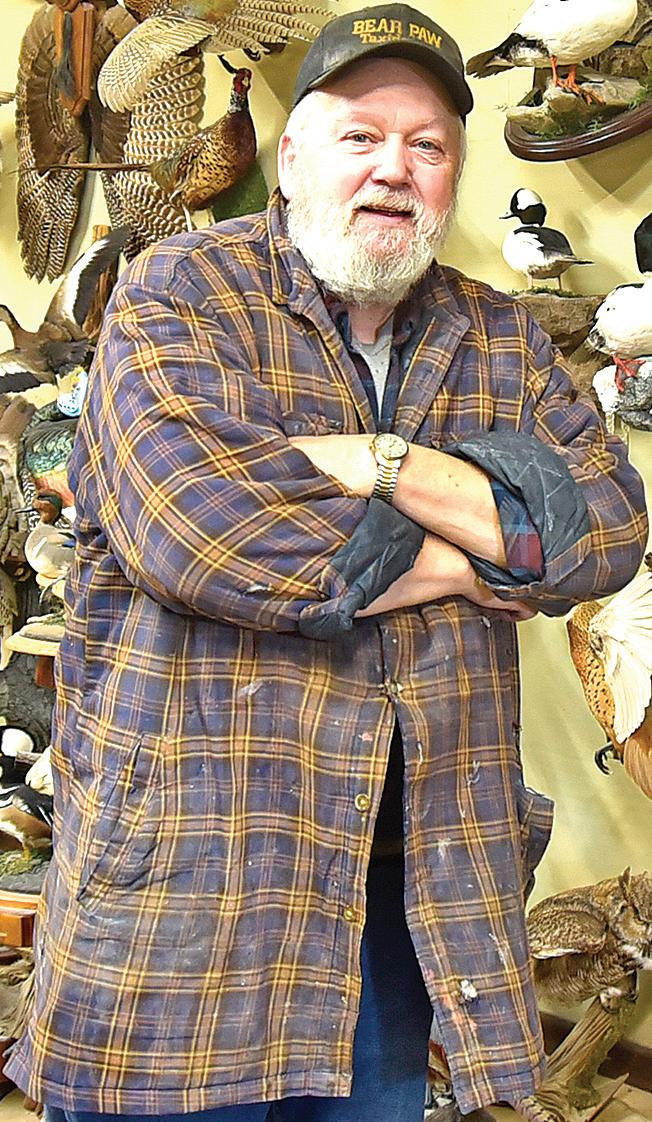








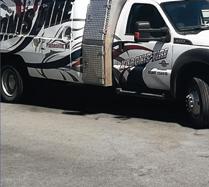
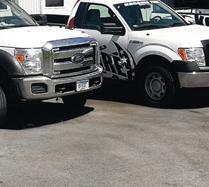































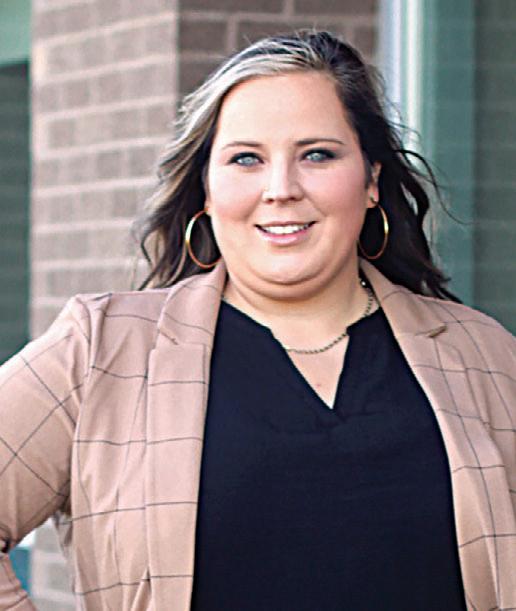


“It’s usually easier for me to do it myself,” Hansen said. “Then, I’m not having to repair anything.”
Once the fish is free of all organs, fat and tissues, the skin is tanned by Hansen on-site. For smaller fish, Hansen can use a dehydrator-like machine to preserve them. The machine pulls fluid from the fish until it is completely dry, so there is nothing to cause mold or rotting.
“You can’t do large animals like deer or bears in there,” Hansen said. “Fish work well, and smaller birds can also go in there.”
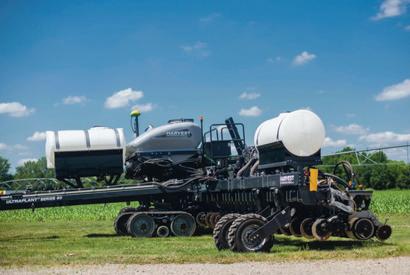
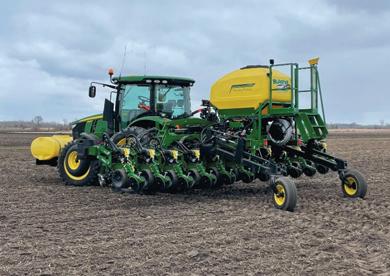






















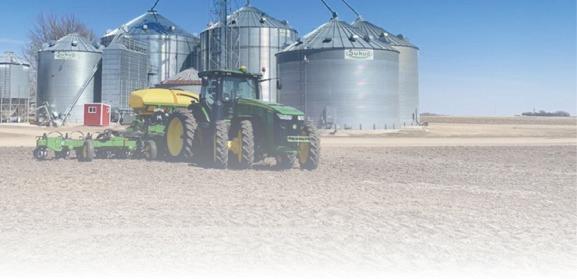

When the skin has been preserved, the fish are placed onto molds. Molds can either be purchased or made. Hansen said he prefers to purchase them, as they are typically sturdier than handmade molds, which are made of foam.
“The molds you buy are hard, it’s like hard plastic,” Hansen said. “Foam can be dented easily.”
Hanson carefully trims the mold to be the correct size and shape, as each fish is slightly different. The fish is put onto the molds, and it is reconstructed.
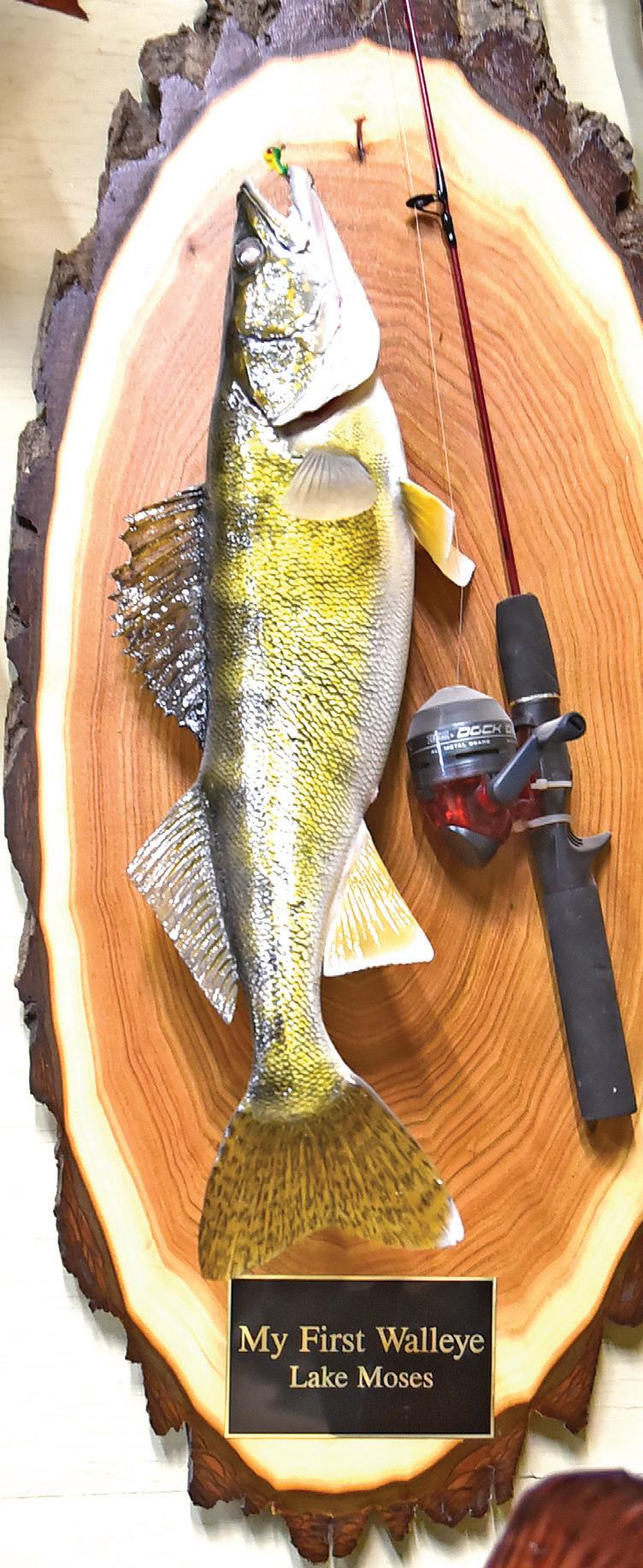
The beginning stages of preserving fish are very similar to other animals, Hansen said, but once the fish are on the molds, things begin to differ. For larger mammals, once they are on the molds, the hides are sewn together, eye and nose pieces are placed, and any repairs are made, thus completing the process. But fish require an extra step.
“Each fish gets painted by hand using an airbrush,” Hansen said. “It’s extremely time consuming.”




Through preservation, fish lose their color and end up looking gray and colorless, Hansen said.




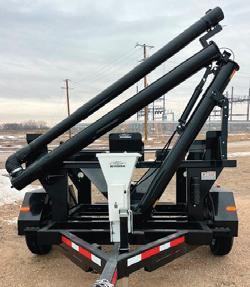























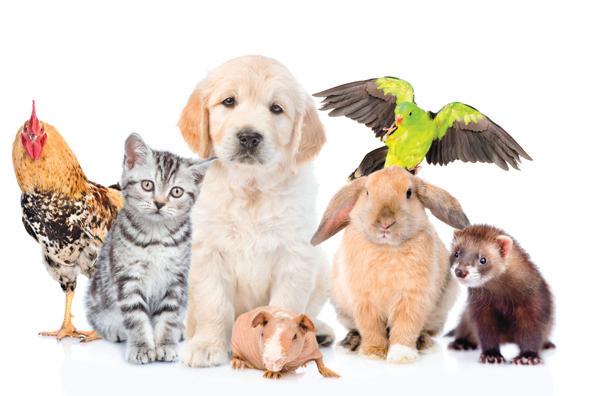
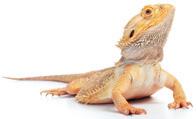







































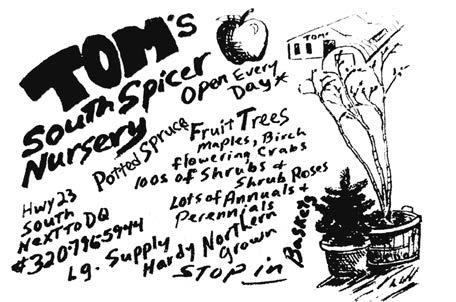



































































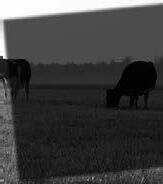


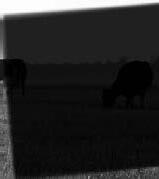











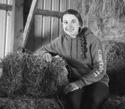







Why do you grow a garden?

Tell us about your garden and what you plan to seed this year. My garden was established in 2010. It is now 25- by 42-feet. The seeds I started were tomatoes, peppers, flowers and spices. I’m also planting other spices, tomatoes, peppers, flowers, lettuce, carrots and cucumbers.
Why do you grow a garden? For food, flowers and to share with others.
How did you get into gardening and who has been a mentor for you? I grew up on a farm and gardening was a necessity for food year-round, especially during the winter months. I helped my parents weed, harvest, can, freeze and store food in a root cellar.
What are three strategies you follow when raising plants? I use eggshells for planting tomatoes and peppers, compost from the winter is tilled into the soil and I try to conserve water with rain barrels.
What is your favorite plant to raise? Why? Tomatoes, I use them for sauces and salsa. Green and hot peppers are used for fresh eating and canning, and leftovers are dried out to preserve and share with others. Basically, I enjoy it all. I enjoy sunflowers for birds, bees and cutting.
How do you stay updated on new gardening information or techniques? Gardening shows, articles and wandering around the garden centers.

Tell us about your garden and what you plan to seed this year. We have a decent sized garden that is getting kind of overgrown with raspberries, but I’m hoping to do tomatoes, peppers, carrots and peas this year. I’ll also do leaf lettuce in a container closer to the house.
Why do you grow a garden? I just like to play in the dirt and see if I can successfully grow something! I like having the fresh food when it works out.
How did you get into gardening and who has been a mentor for you? I’ve grown up watching my grandparents and mom garden. They made it look easy, of course, but it’s fun to learn a little through them and a little through trial and error. I have a friend who has an incredible garden every year and it’s fun to see what she does too, and she’s always willing to share!
What are three strategies you follow when raising plants? I don’t know that I have three real strategies, but I swear by fabric of some sort to keep the weeds down. I’m looking for a good strategy to keep the rabbits out, and good music while gardening is a must!
What is your favorite plant to raise? Why? I just really love fresh peas right out of the garden, and the raspberries are what I look forward to most each year.
How do you stay updated on new gardening information or techniques? I ask my mom!
Tell us about your garden and what you plan to seed this year. I’ve been gardening all my life. I do tomatoes, flowers, sweet corn, pumpkins, broccoli, peppers, carrots and raspberries.
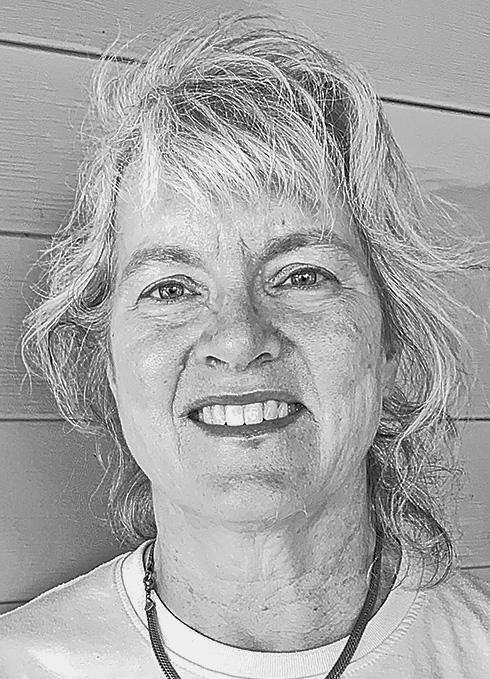
Why do you grow a garden? Fresh food is the best. I preserve the food for my family for the winter; it’s nice to have on hand.
How did you get into gardening, and who has been a mentor for you? My mom was my mentor. She had a big garden and froze/preserved food.
What are three strategies you follow when raising plants? Plenty of water and sun. I stagger the plants, like sweet corn, so it doesn’t all become ripe at the same time. I start seeds in the house.
What is your favorite plant to raise? Why? Sweet corn because everyone loves it in the house. I also really love having flowers in my garden because it brings beauty and joy.
How do you stay updated on new gardening information or techniques? Magazines and talking to people like family, friends and local master gardeners.

rainbow trout is showcased April 25 at Bear Paw Taxidermy near Alexandria.
Roger Hansen mounts fish varying in size, from a few inches to several feet in length.
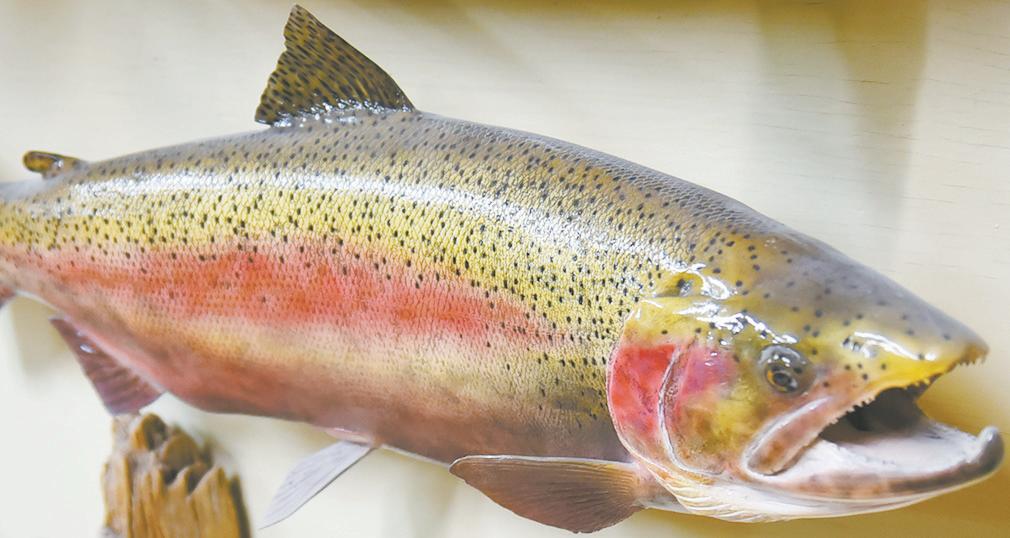

Because each fish is unique in color, Hansen looks at photos from when the fish was caught to ensure it looks correct when restoring a fish to its original colors. Each kind of fish has a color pattern, but two kinds of the same fish can be extremely different colors, Hansen said.
Hansen lightly airbrushes lacquer-based paint onto the fish and makes sure he is not too heavy-handed. If Hansen makes a mistake, he has to remove all the color and begin again.
He said he can always add more, but it is very hard to take it away.
“I like to say it’s tinting, not painting,” Hansen said.
When Hansen is done bringing color back to the fish, he mounts it on a piece of driftwood or rock. The scenery behind the fish can vary depending on the customer’s request.
“There aren’t many poses to do with fish, but you can be creative with the backgrounds,” Hansen said.
Because of the lengthy process and attention to detail, many taxidermists do not preserve fish, but Hansen welcomes the challenge.
“I wake up every day and thank the Lord for what he’s given me,” Hansen said. “That’s all you can do; try to make today better than yesterday and don’t quit when things get hard.”




























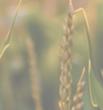
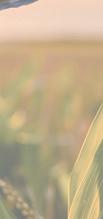
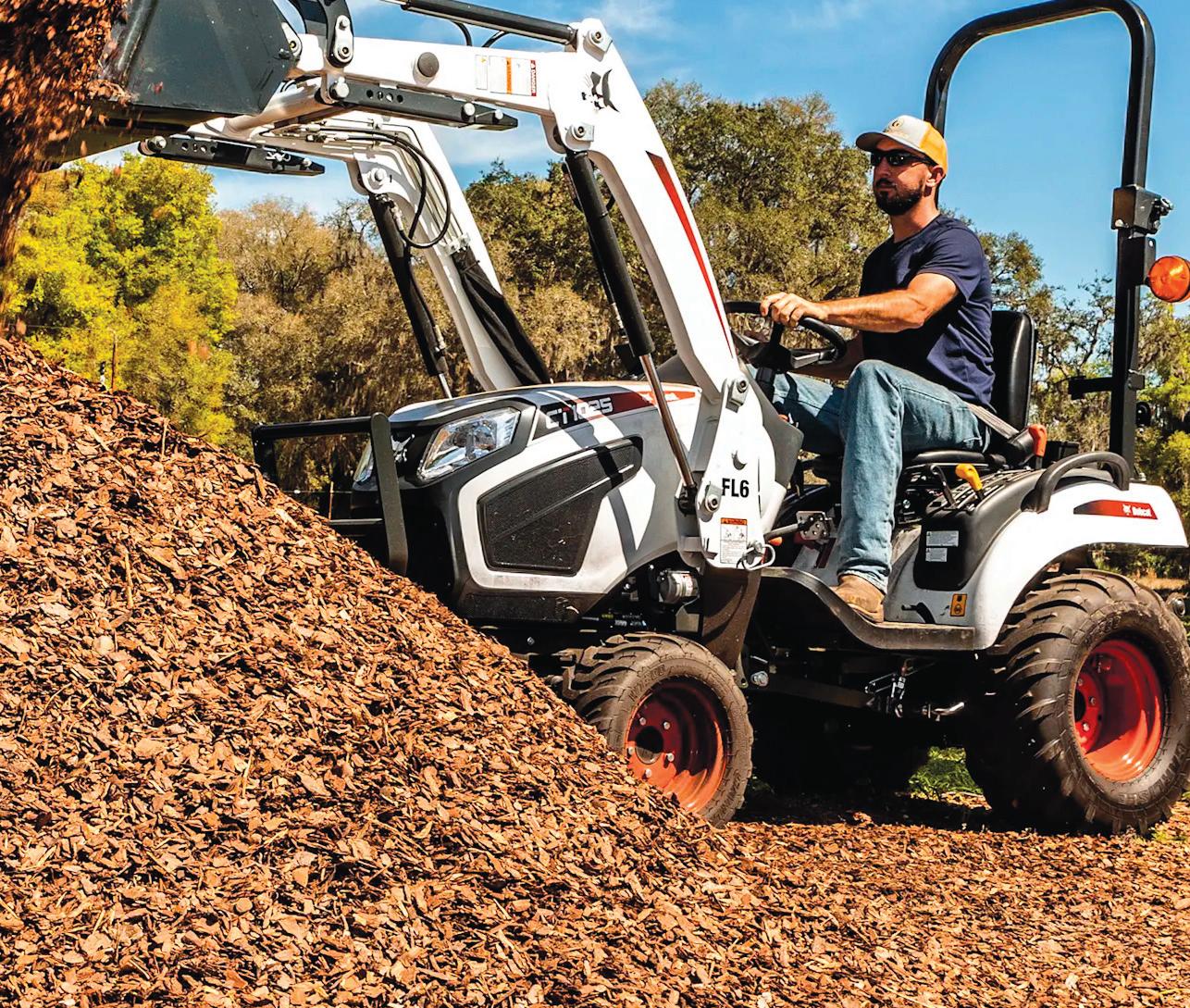


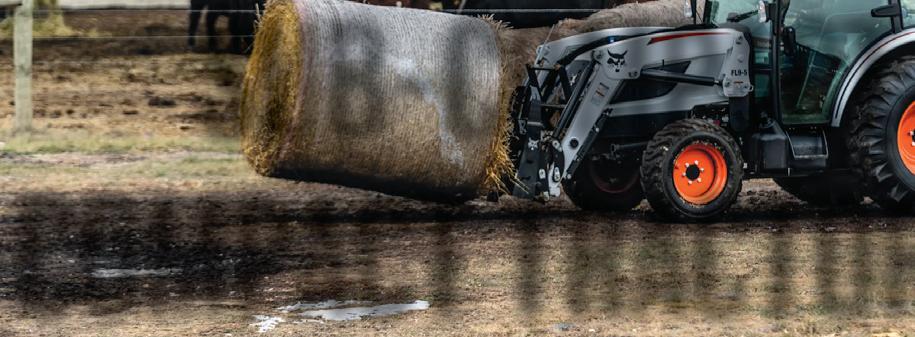




*Offer ends 6/30/2025. Available at participating and eligible dealers only. Offer may vary by product type, series, model and select units in dealer’s current inventory. Must take delivery from dealer stock by 6/30/2025. Offers available on new equipment in US and Canada only. Some restrictions apply. Length of contract and rate may vary. Monthly payment subject to change. Prior purchases not eligible. See dealer for details. Financing provided on approval of credit by authorized Bobcat finance providers to well-qualified buyers. All finance programs and rates are subject to final approval by the applicable Bobcat finance provider and are subject to change at any time without notice. Administrative fees may apply. Offer not available to government accounts, national accounts and municipal/utility bid customers. Bobcat Company reserves the right to extend or discontinue any of these programs at any time without prior notice.






*





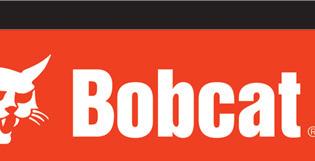


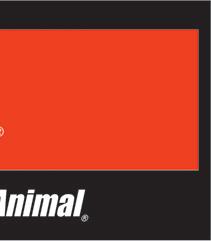














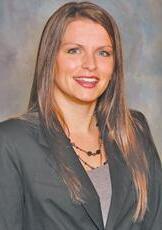

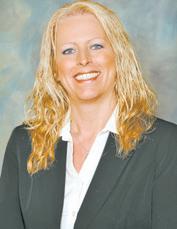

























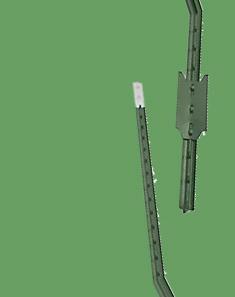





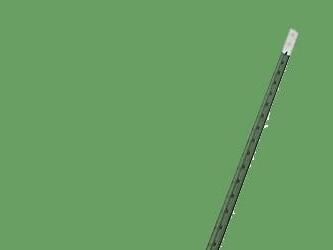






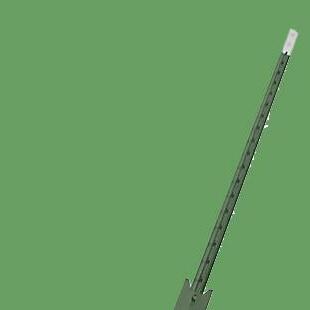

















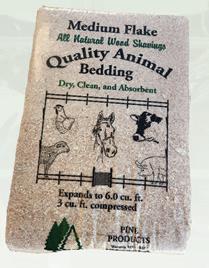



























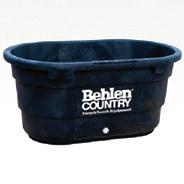





















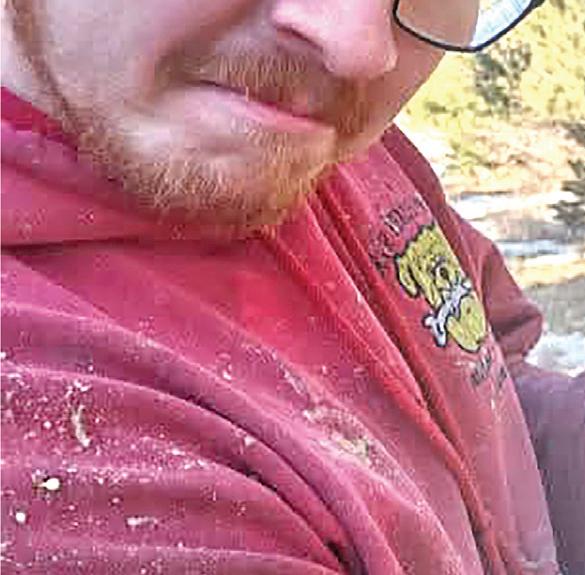
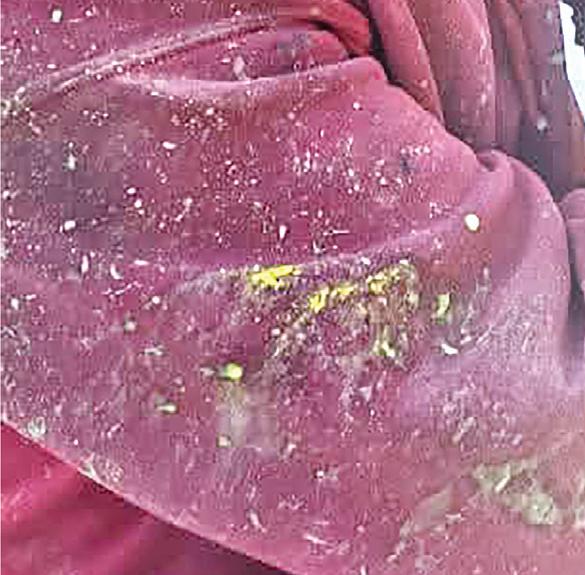

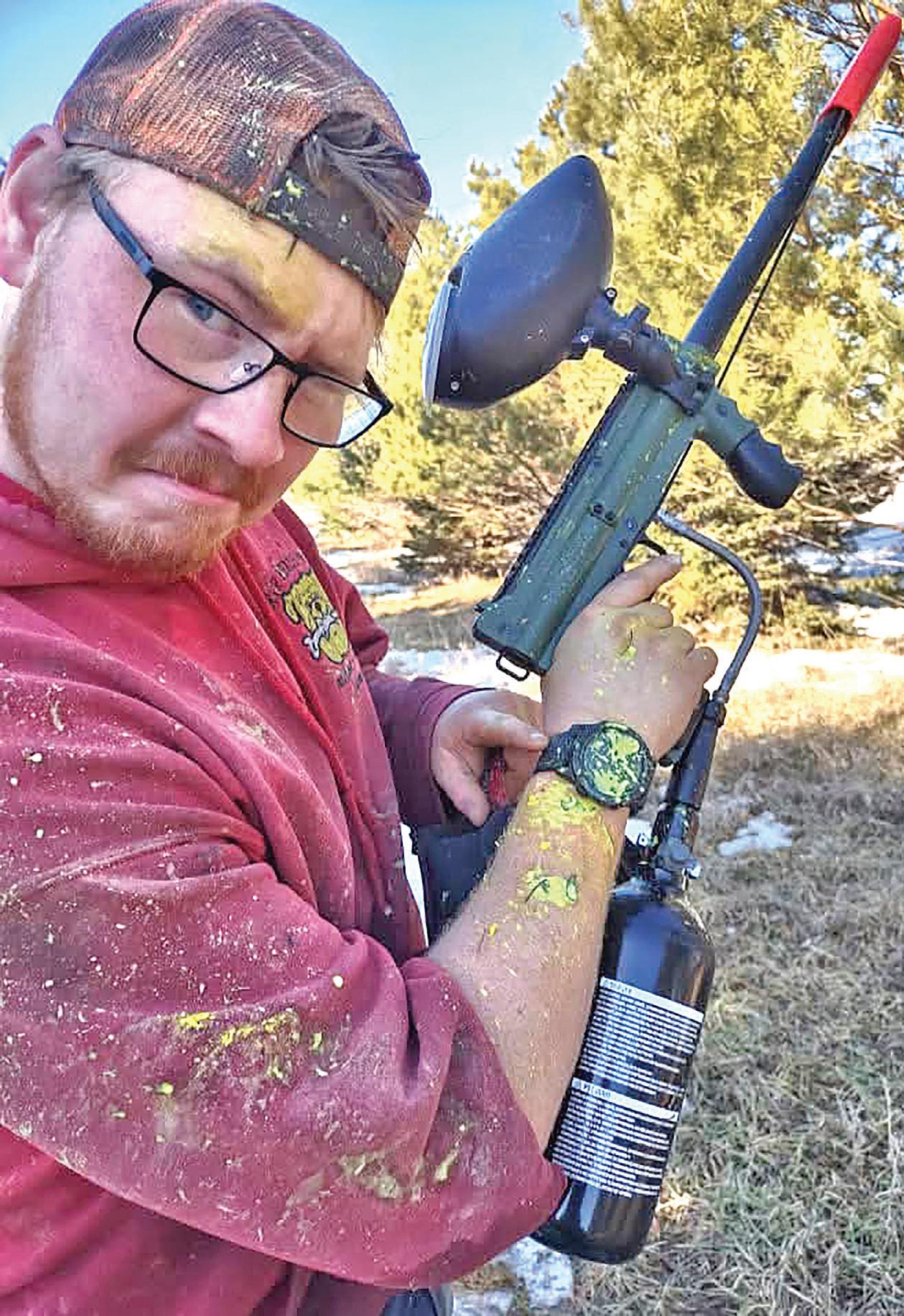
BY RAE LANZRATH STAFF WRITER


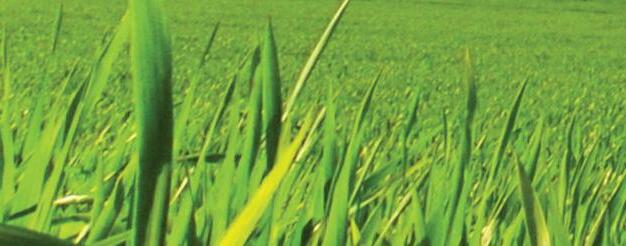
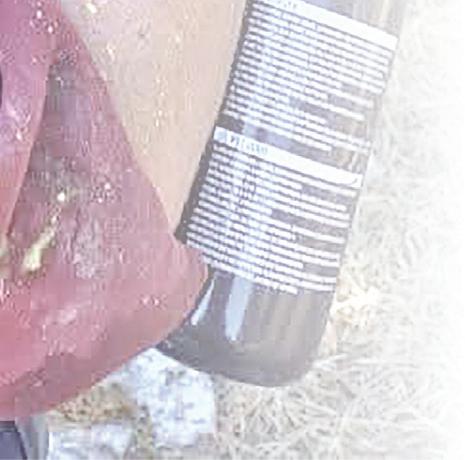
MILTONA — As temperatures begin to rise, people all over are looking for new ways to spend time outdoors.
Luke Luedeke has been paintballing his whole life — and now, his business, Paint the Woods Paintball, allows others to enjoy the pastime as
“I love the game, and it’s a good way for me to introduce new people to it,”
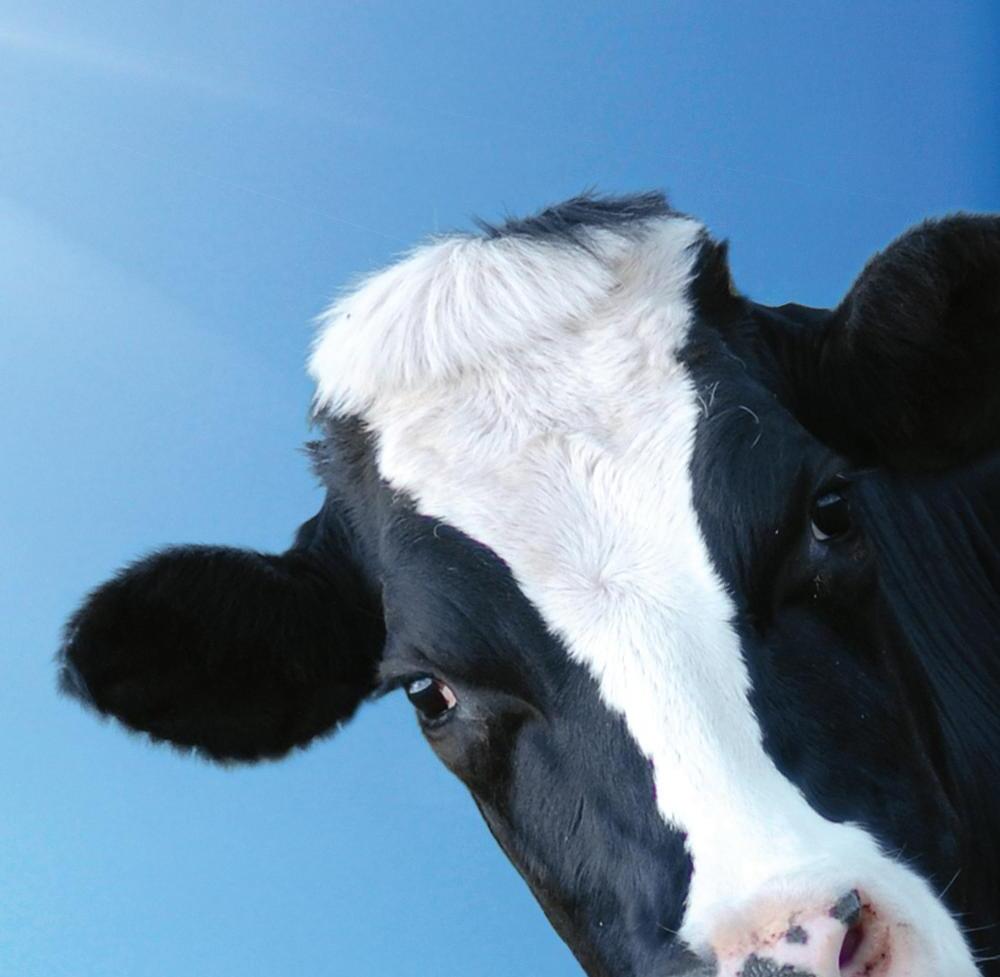

Luedeke said.
Since 2019, Luedeke has been hosting paintball games on his property outside of Miltona. He has a shop area full of safety equipment, paint and paintball guns. Participants are able to rent equipment or bring their own. Prior to the game, Luedeke goes over tips and tricks, safety rules and a course overview when paintballers arrive, and then they head off into the woods.
Luedeke page 26



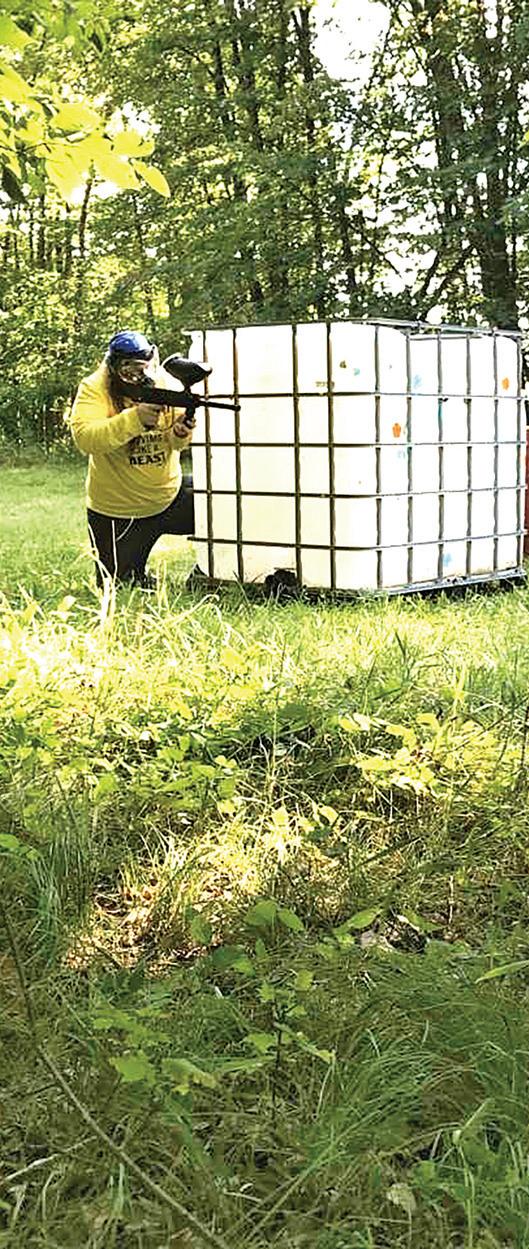








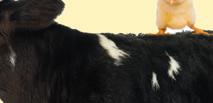






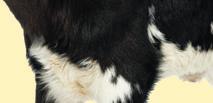
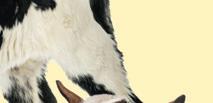



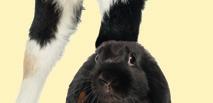
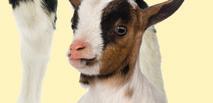






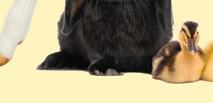



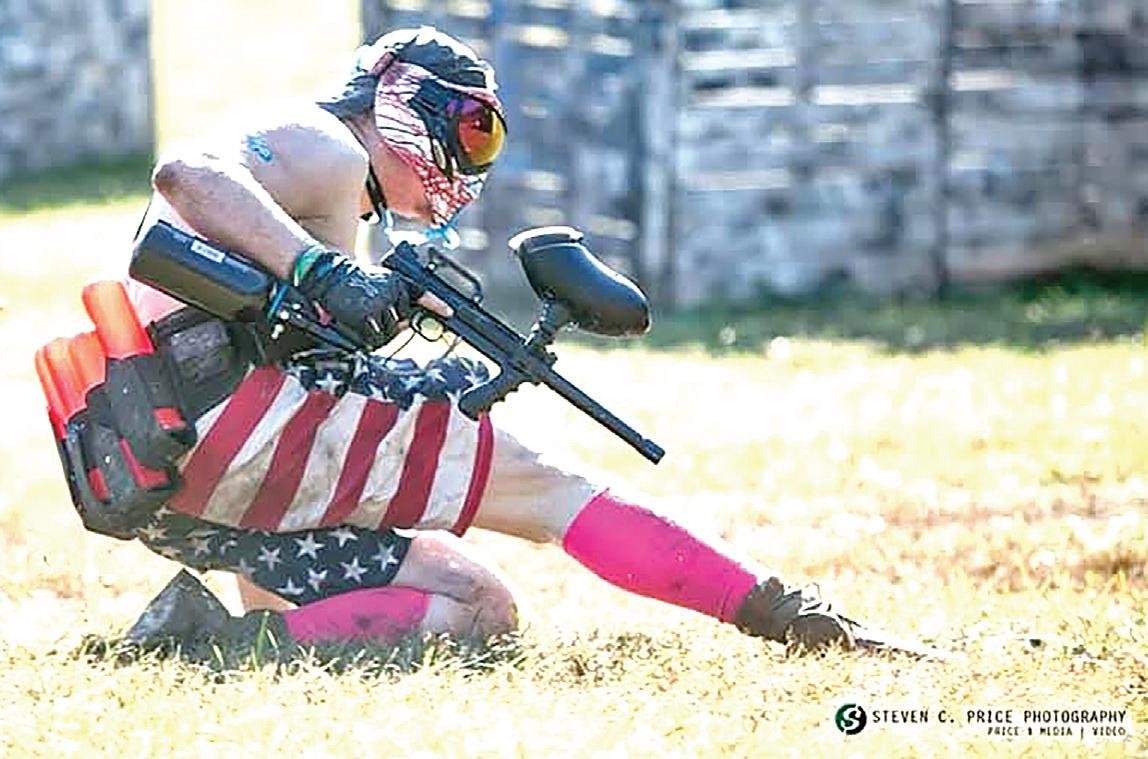



“We have a tractor ride that we use to pull everyone out into the course,” Luedeke said. “It just adds to the experience.”
Once they arrive at the course, paintballers are given some more instructions and helpful information. The course is set up in an open valley between two sets of woods. It is full of barrels, tires, a school bus and other obstacles participants can hide behind.
Game objectives can vary based on preference as well as how many people are playing, Luedeke said.
“We can do a regular game or capture the flag or basically anything they want,” Luedeke said.
Groups are divided in half, creating two teams. Luedeke said the minimum number of participants he recommends is six, creating two teams of three, and the maximum is 20.
“I’ve had larger groups, but I just have to adjust things around a little bit, so it takes more prep,” Luedeke said.
Private groups are the most common at


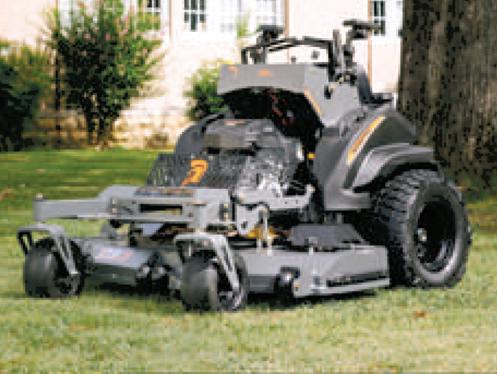
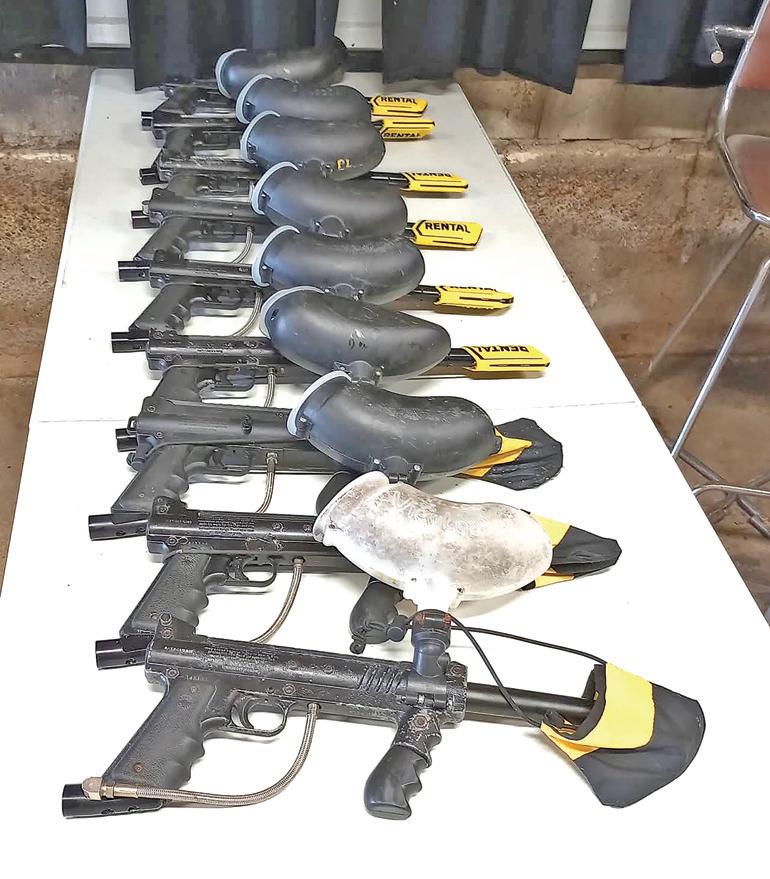
Paint the Woods Paintball, but open games are also available. Luedeke said he will post “popup games” on Facebook where anyone can join, so people who want to participate but come alone can still play. When private groups attend a game, Luedeke ensures the course is set up to fit their specific needs. He said he adjusts the course according to how many players are in the group so they can have the best experience
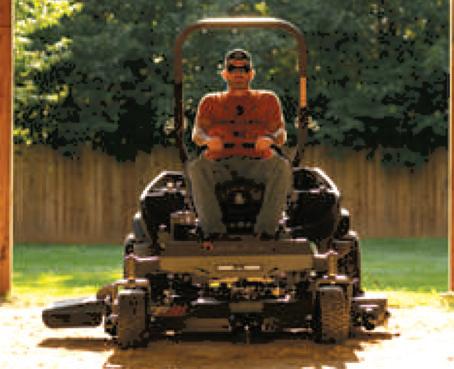

they can.
“We’ve had almost every kind of group you can imagine,” Luedeke said. “From birthday parties to bachelor parties and everything in between, it’s really fun to see the variety.”
Luedeke said he enjoys teaching others the game he has spent a majority of his life playing. Paintball is something Luedeke has in his blood, as his dad
Luedeke page 27


